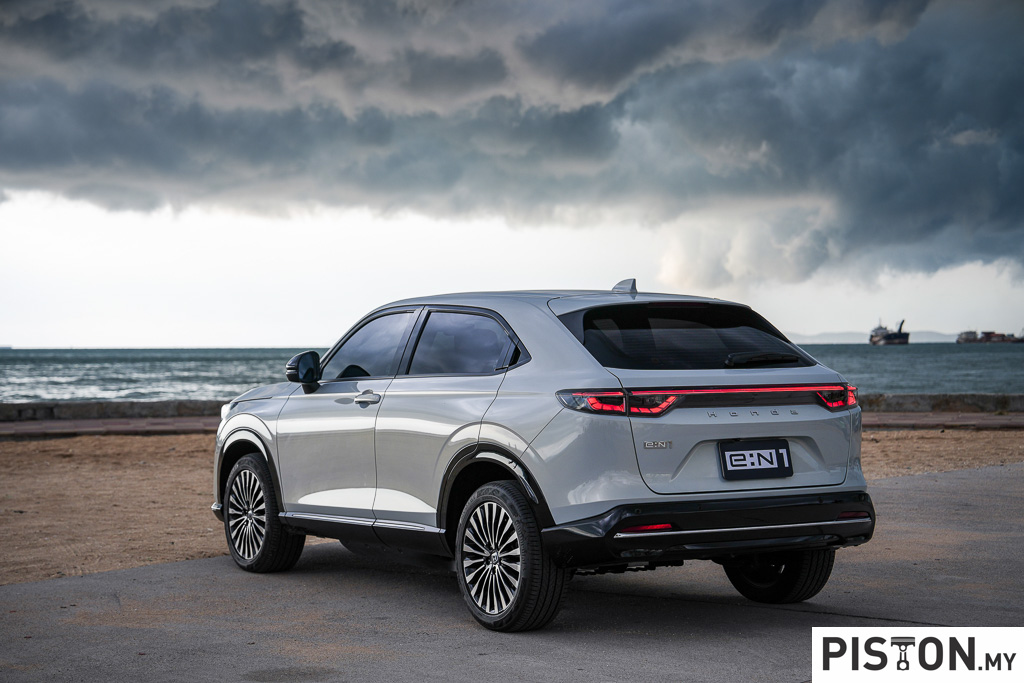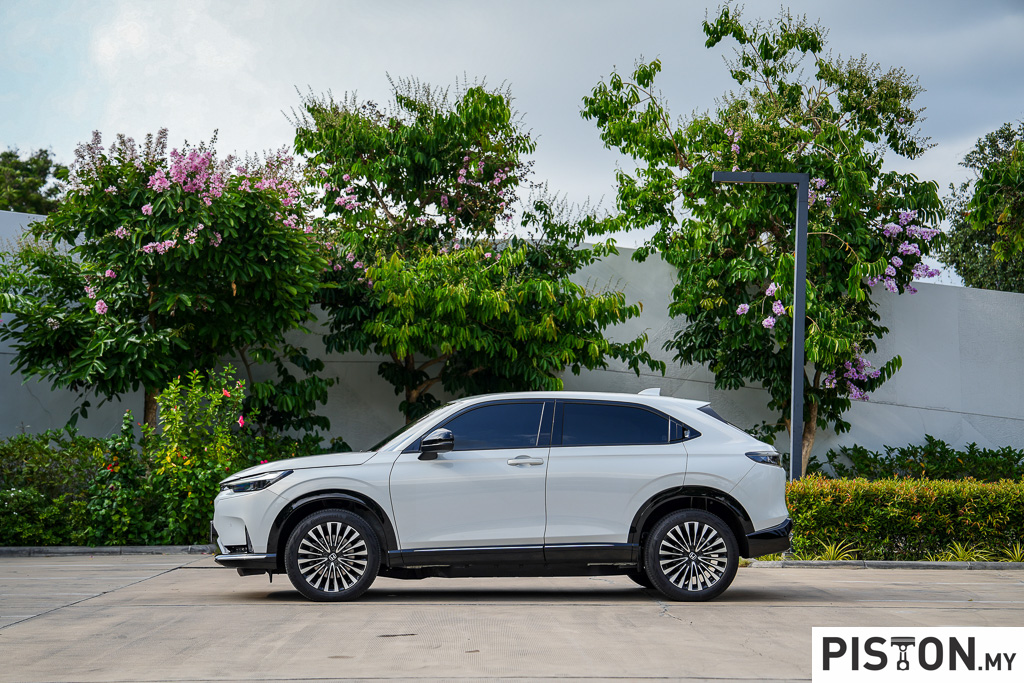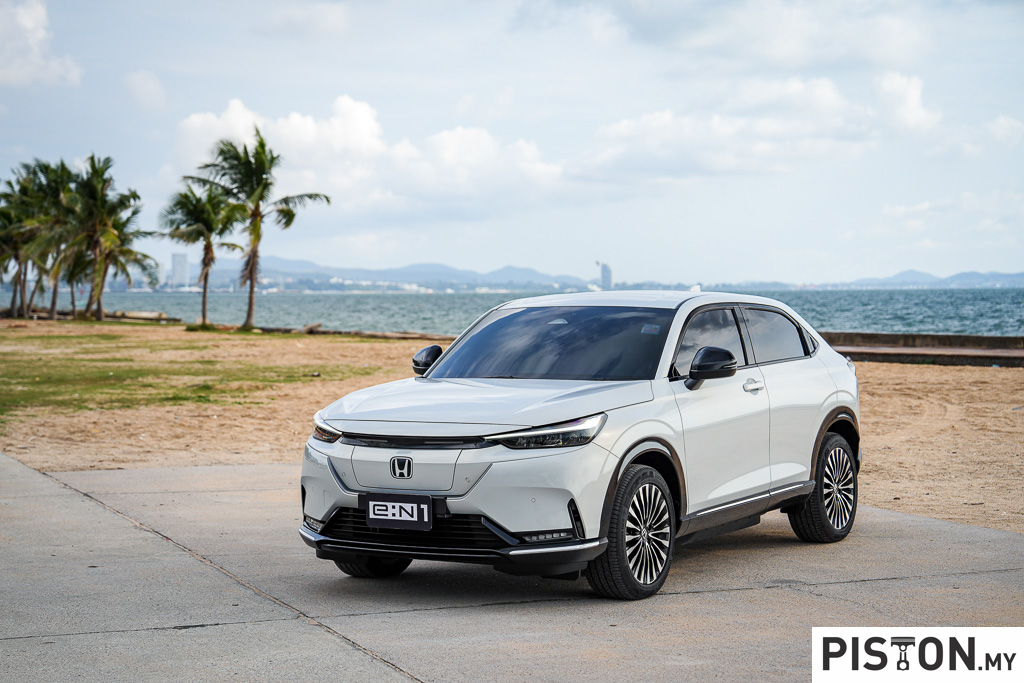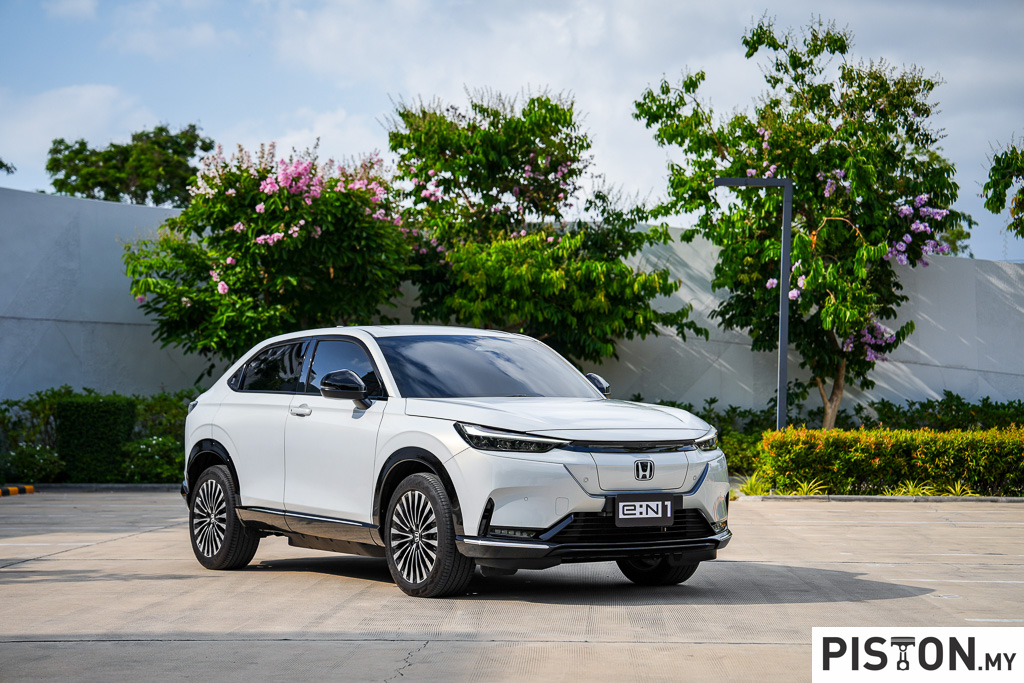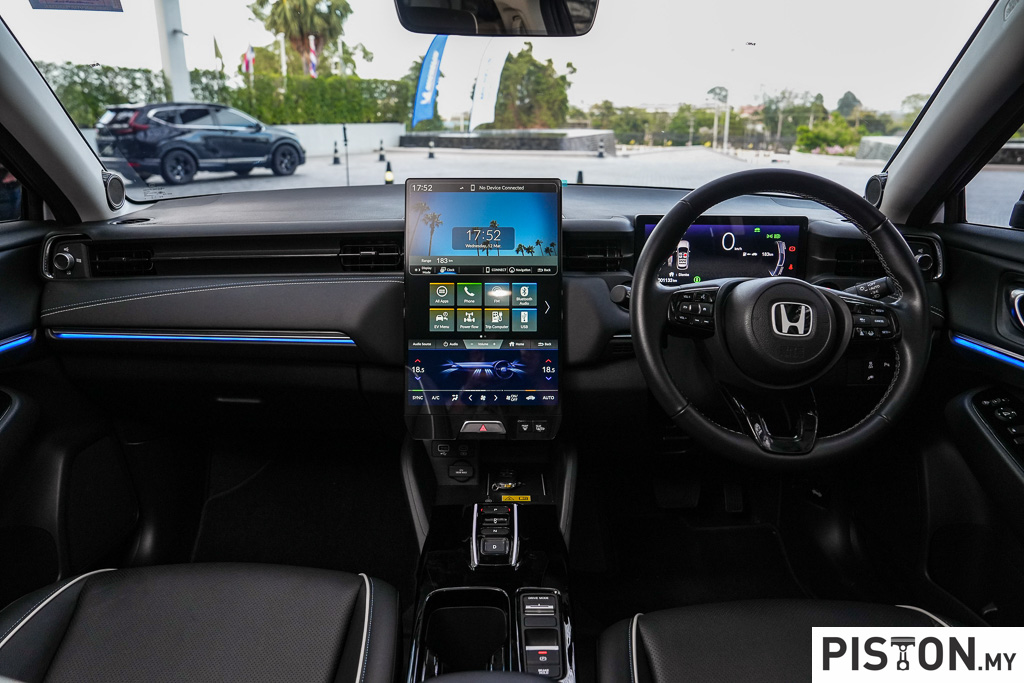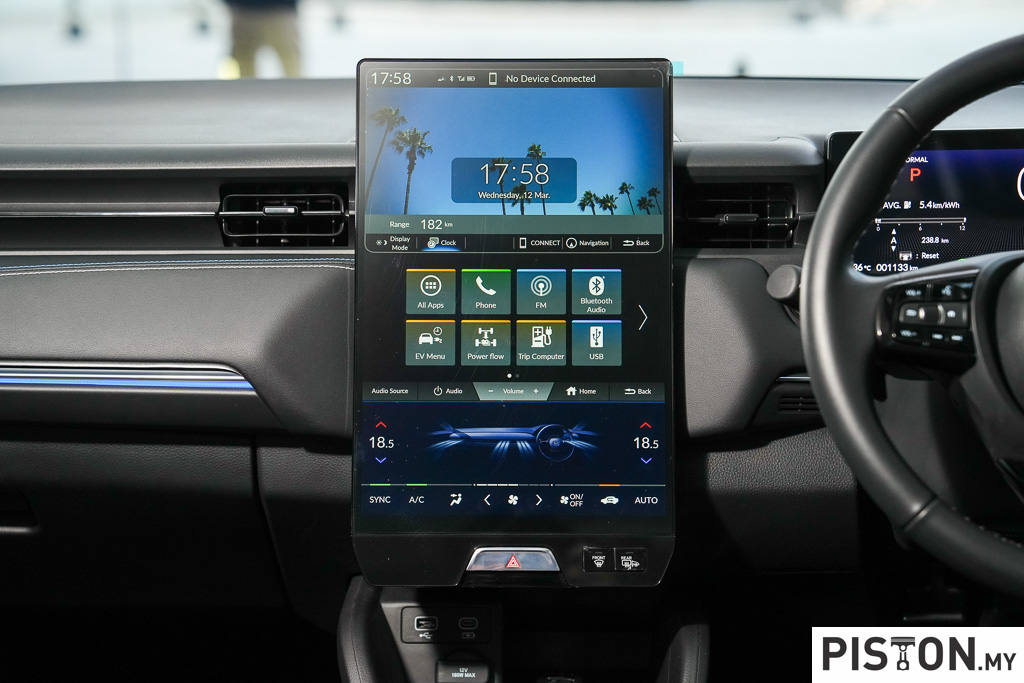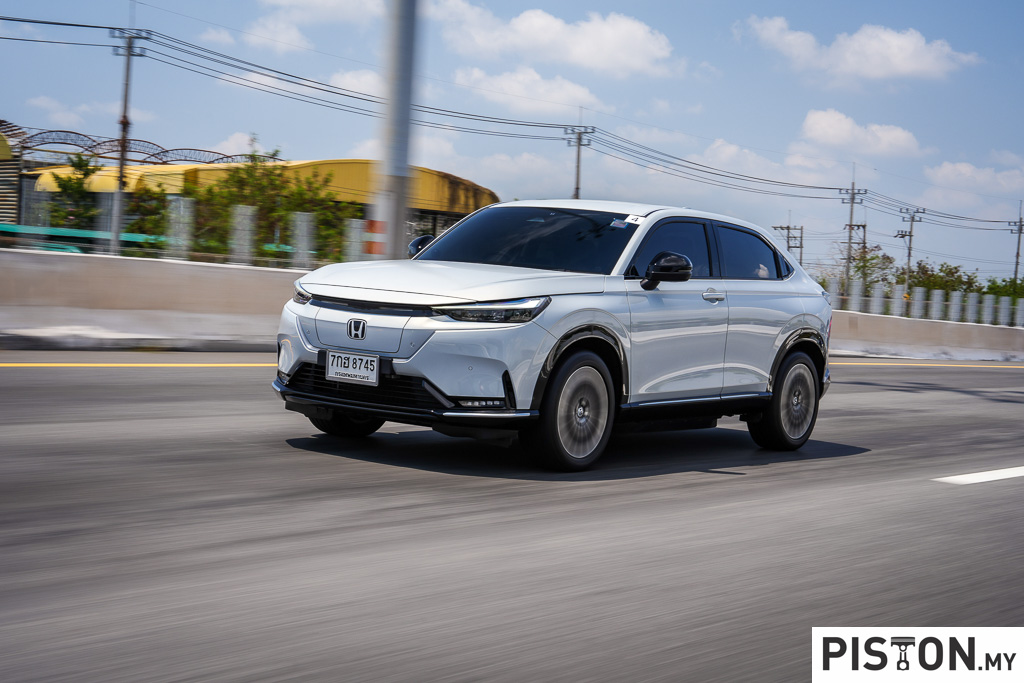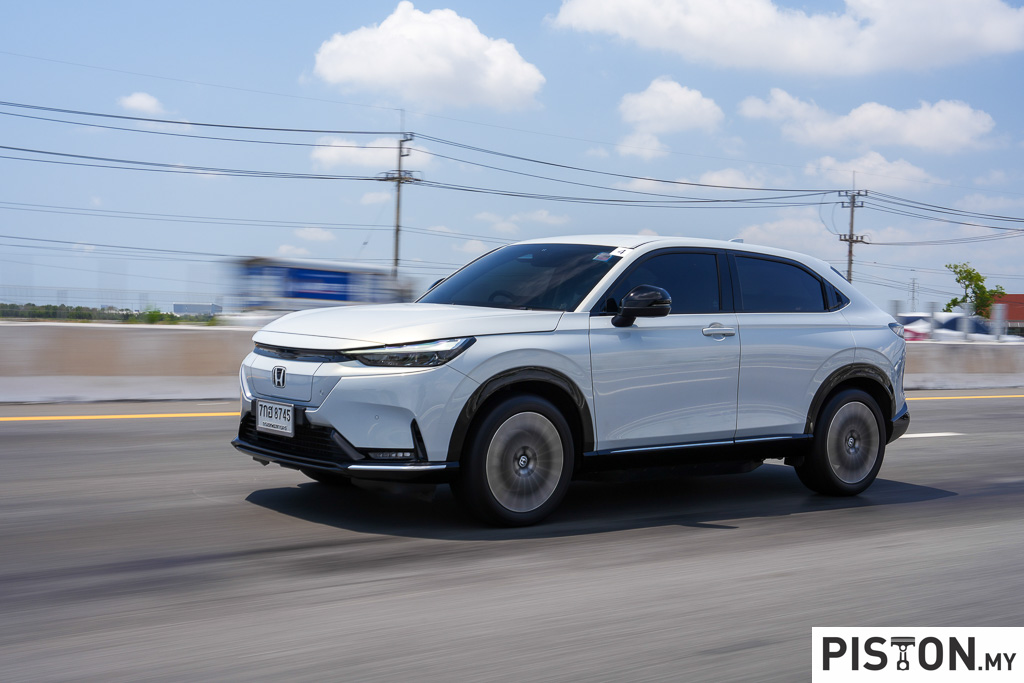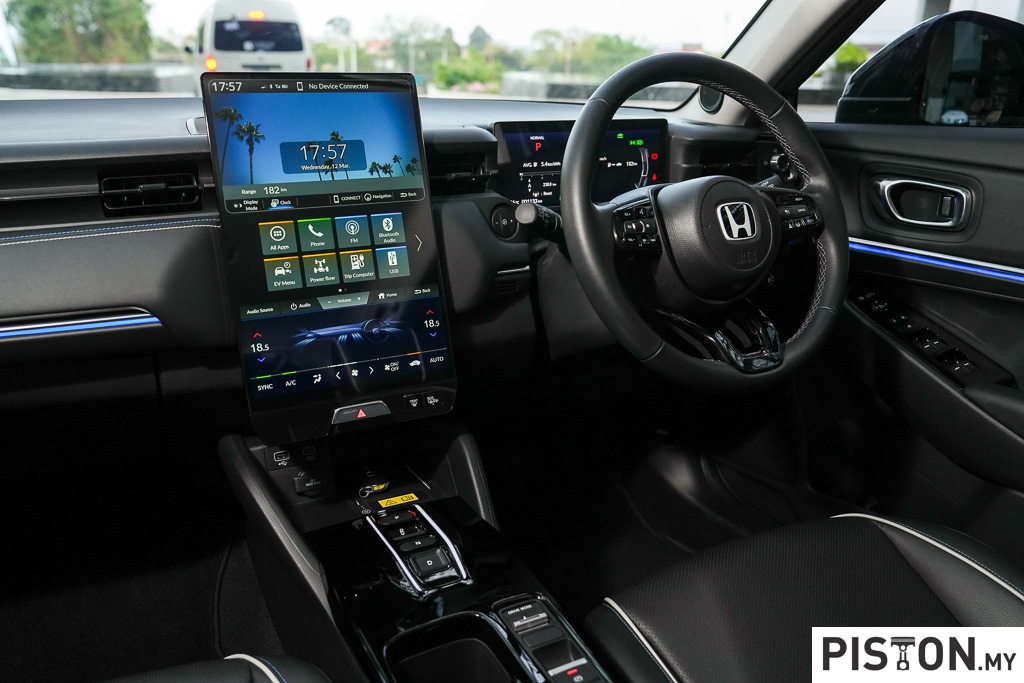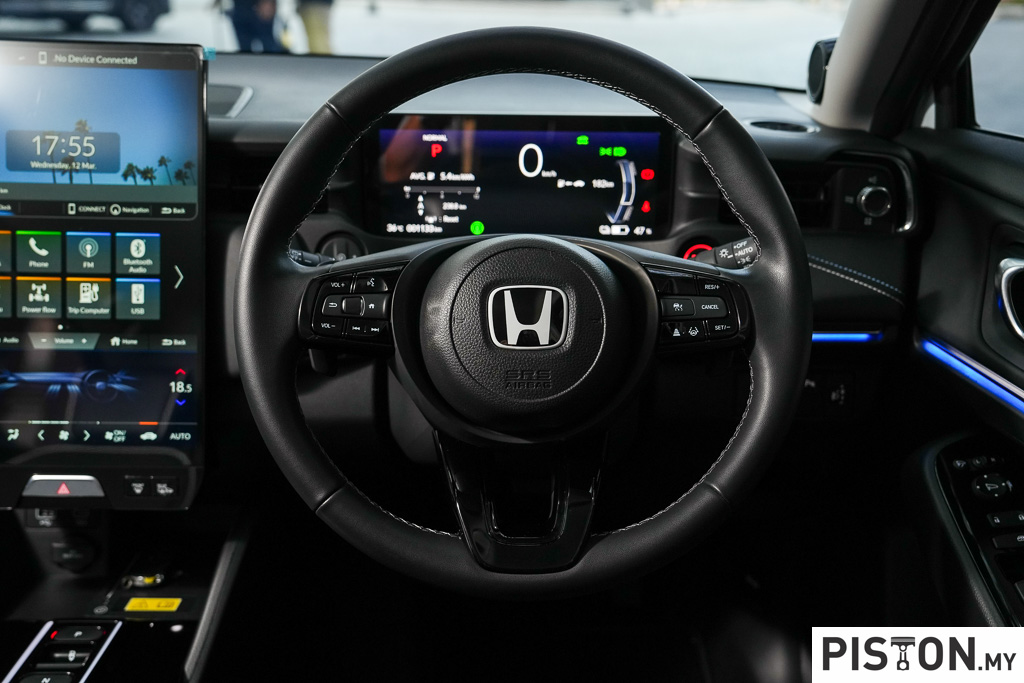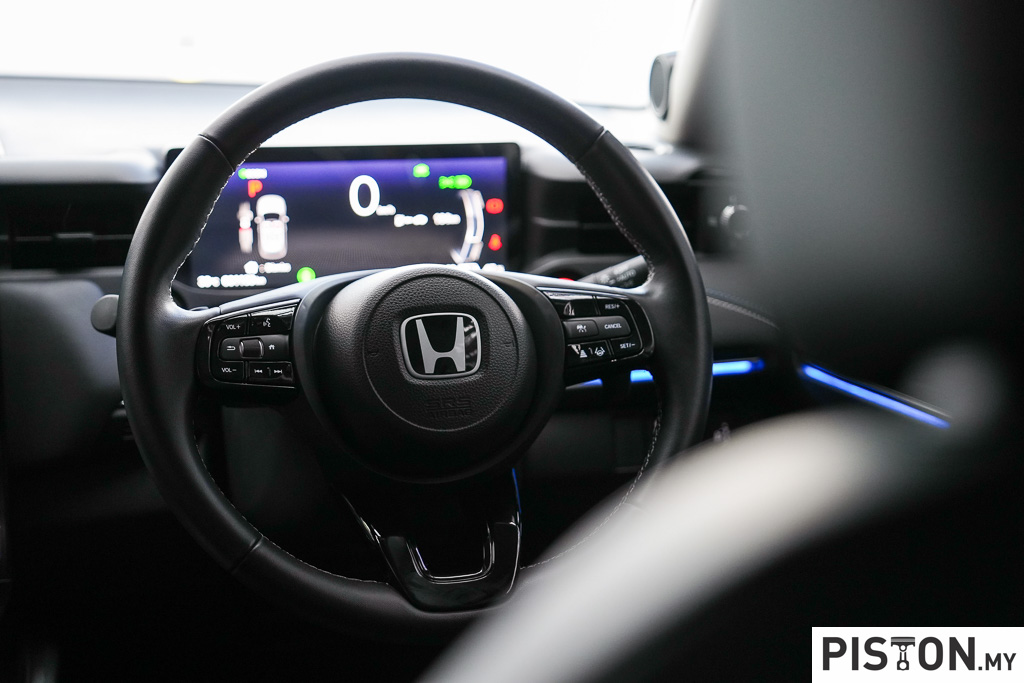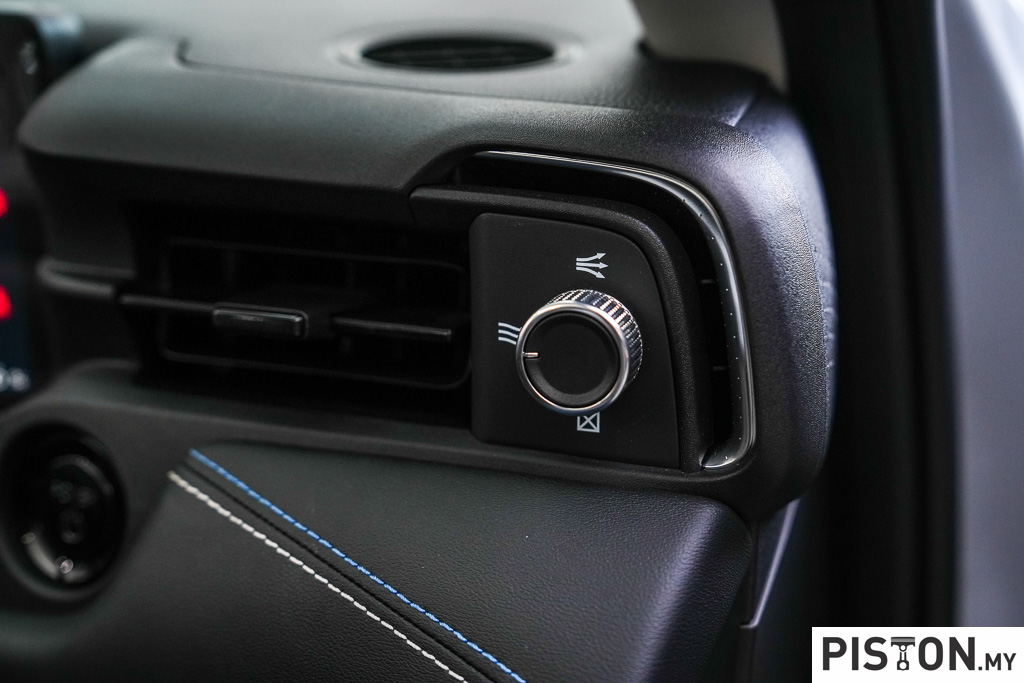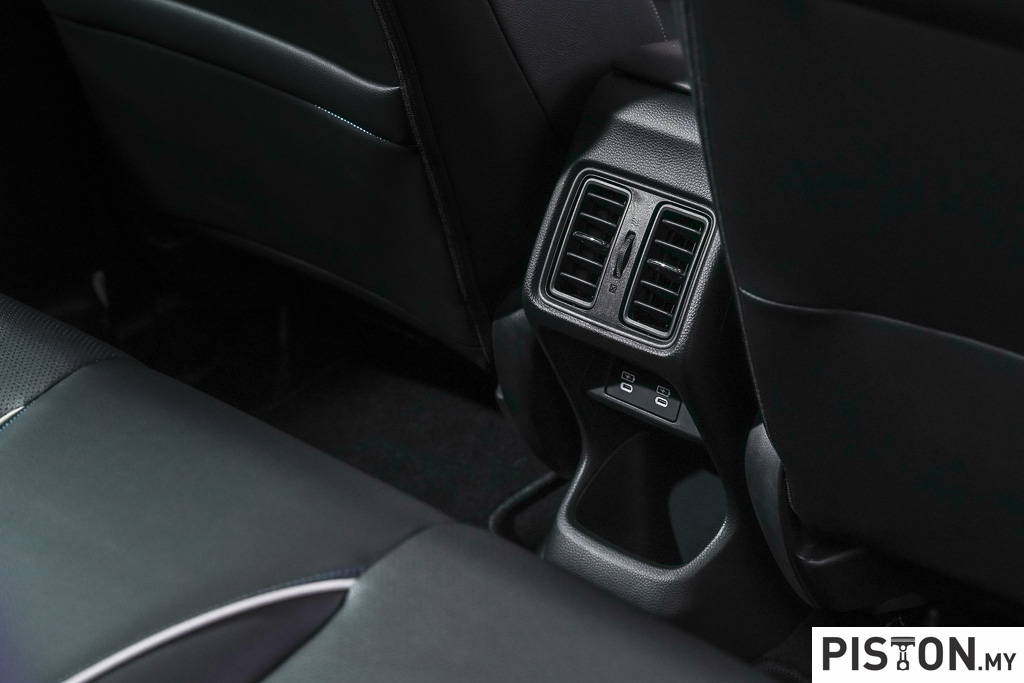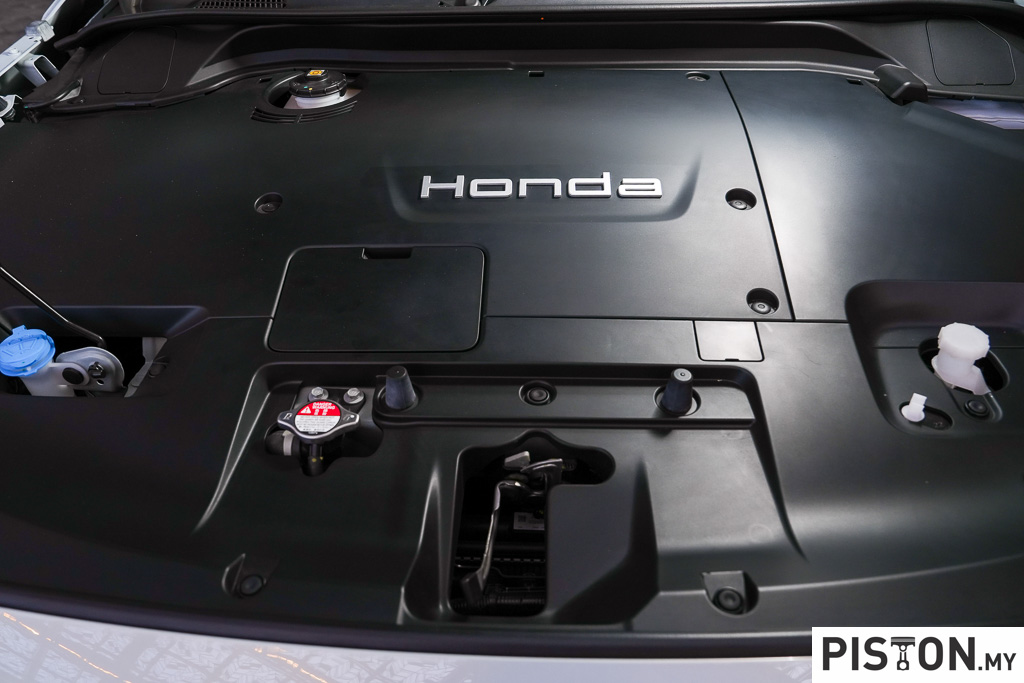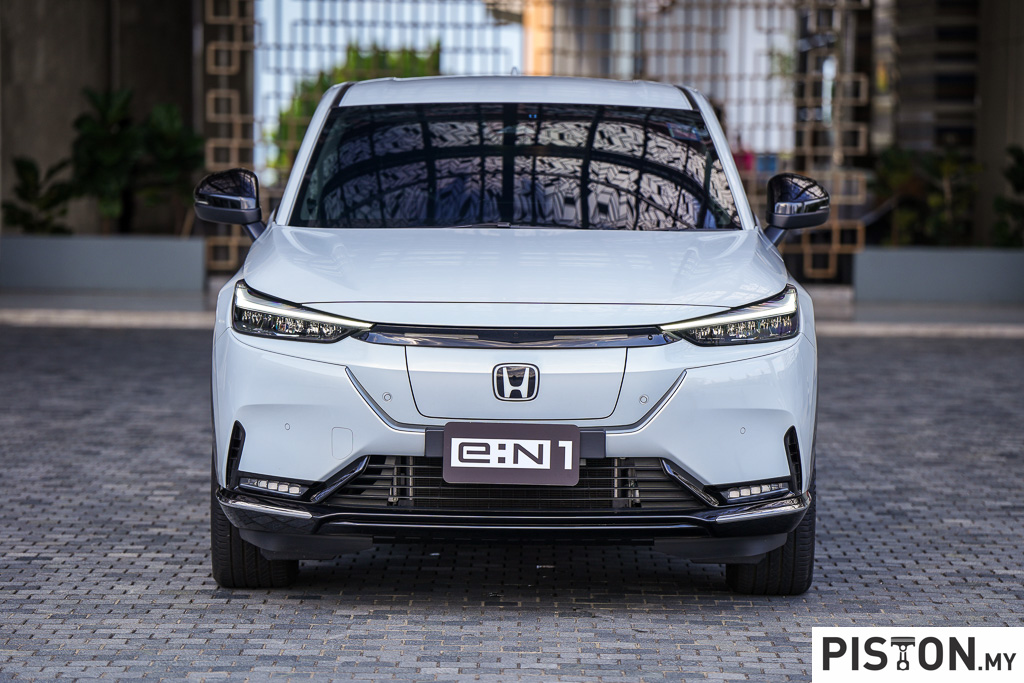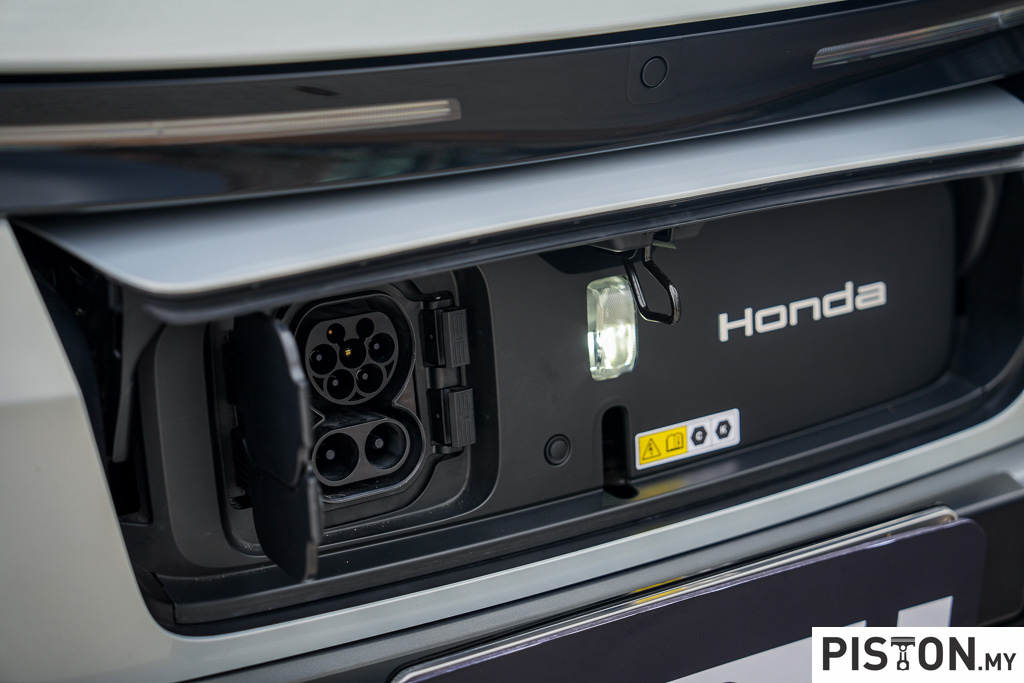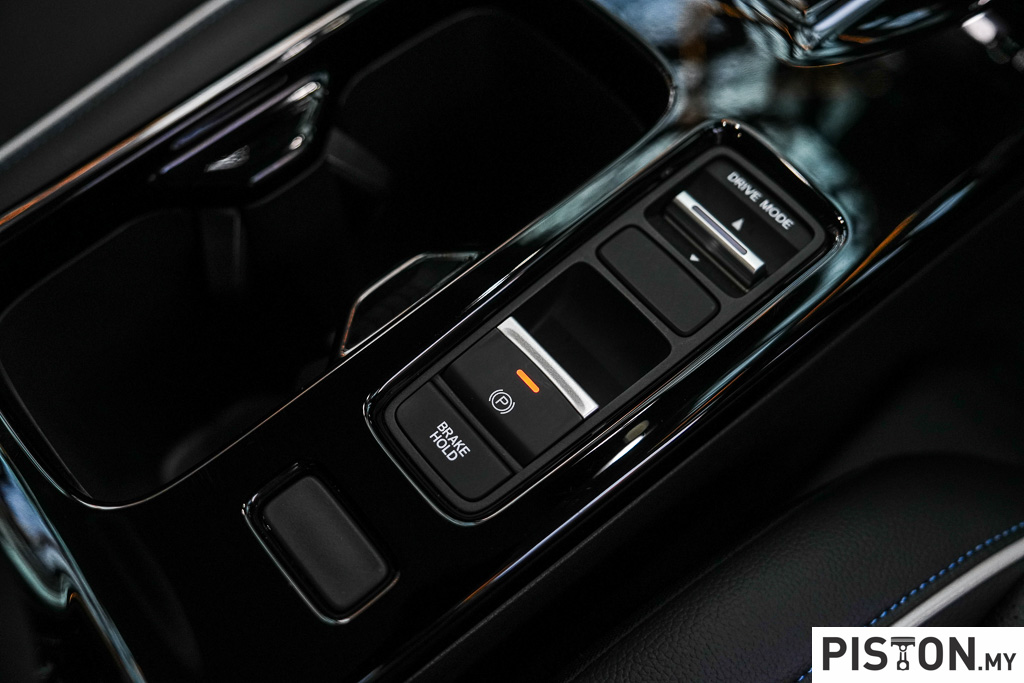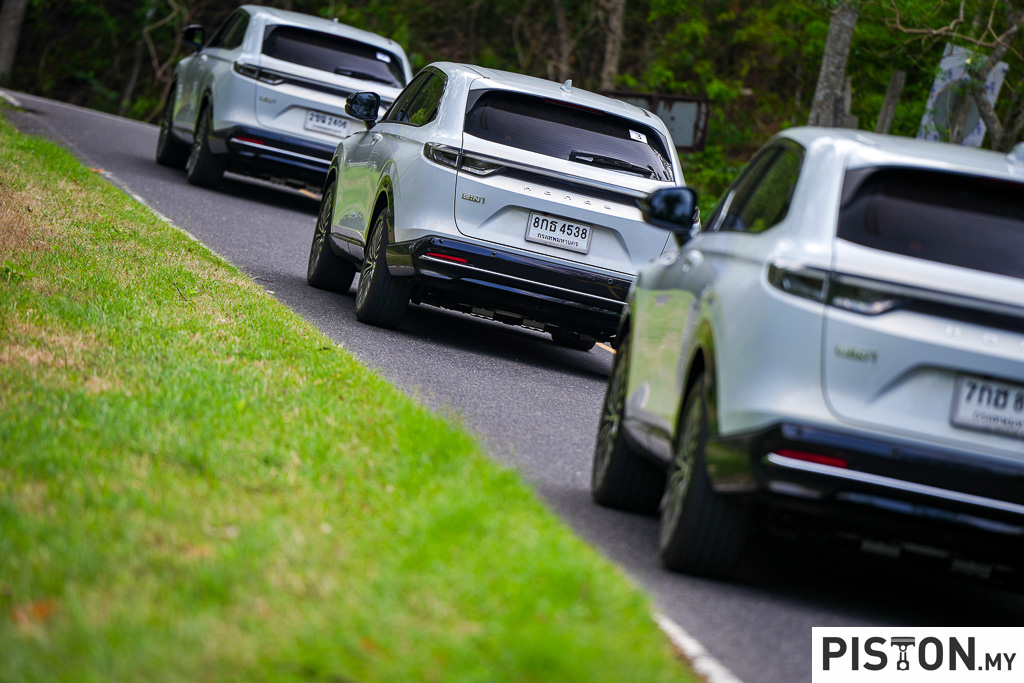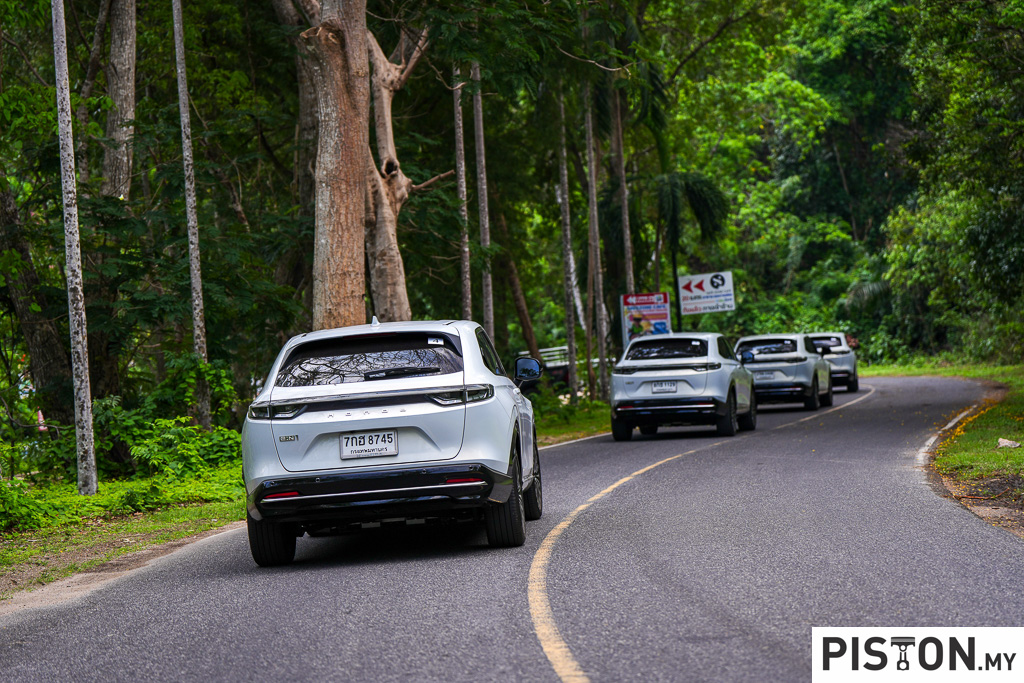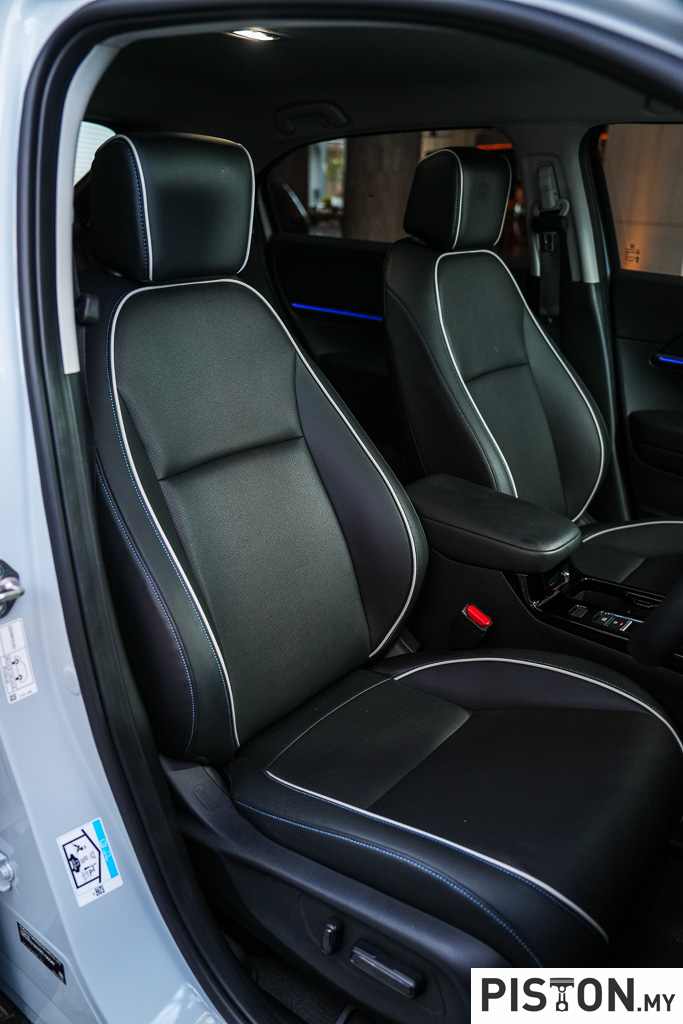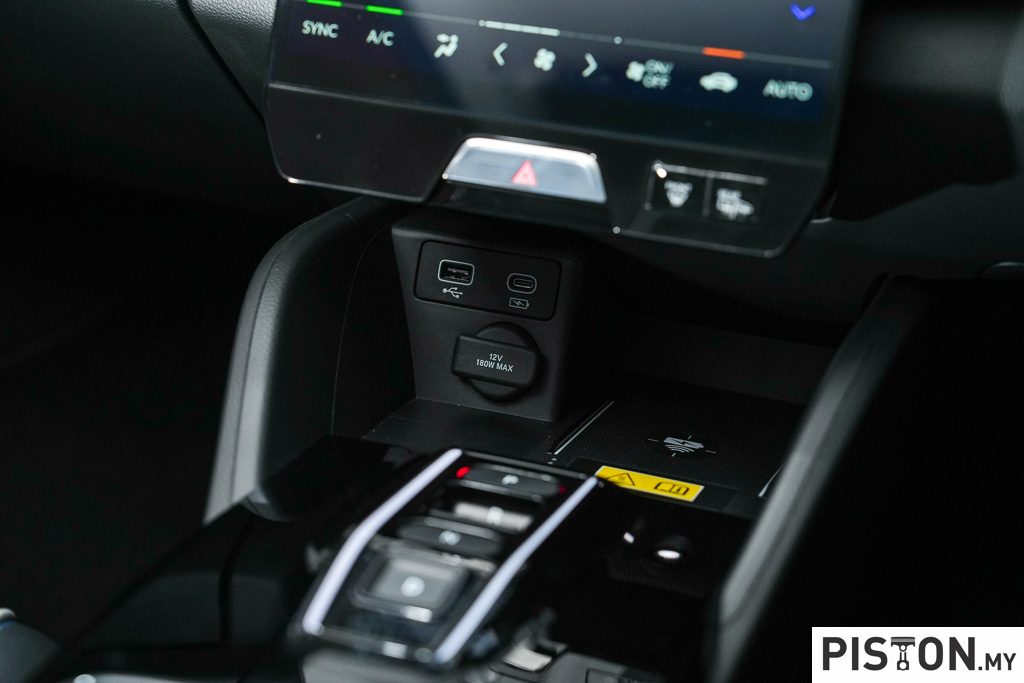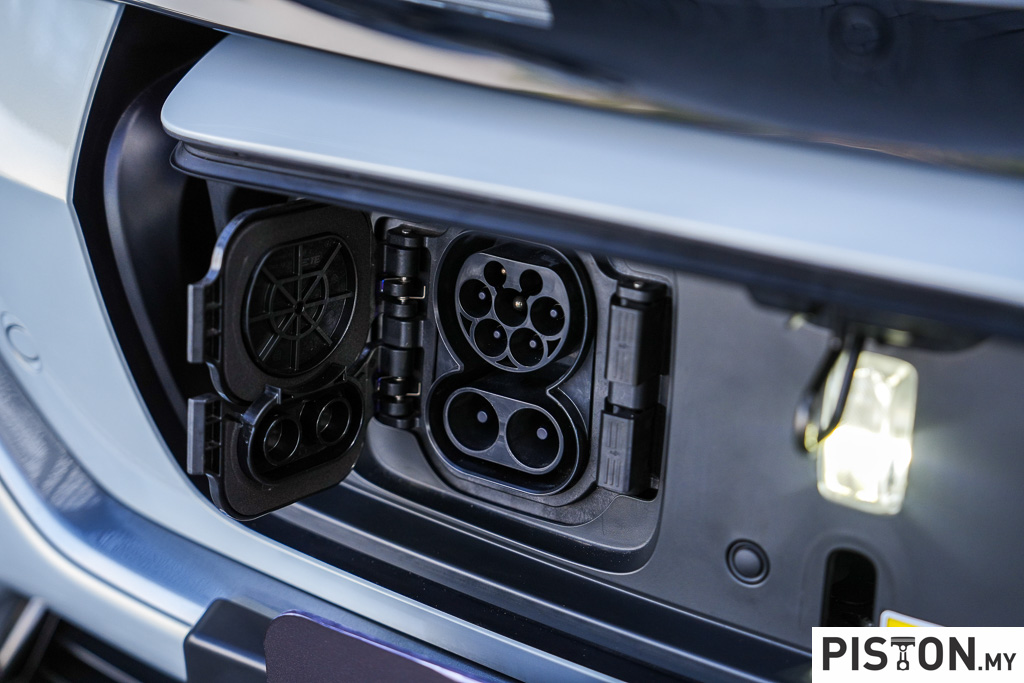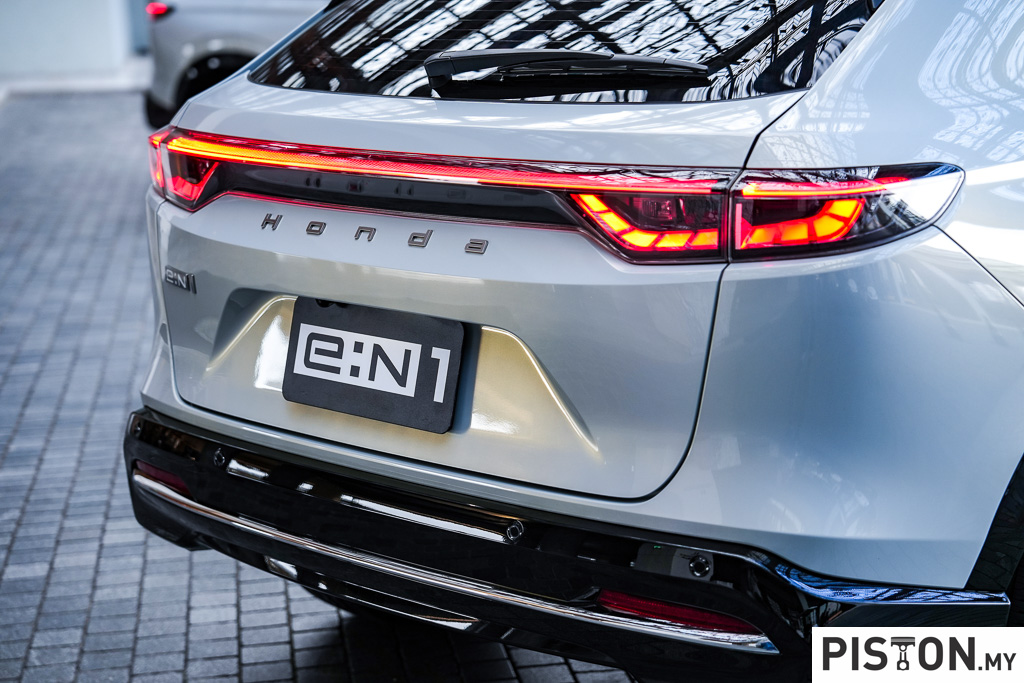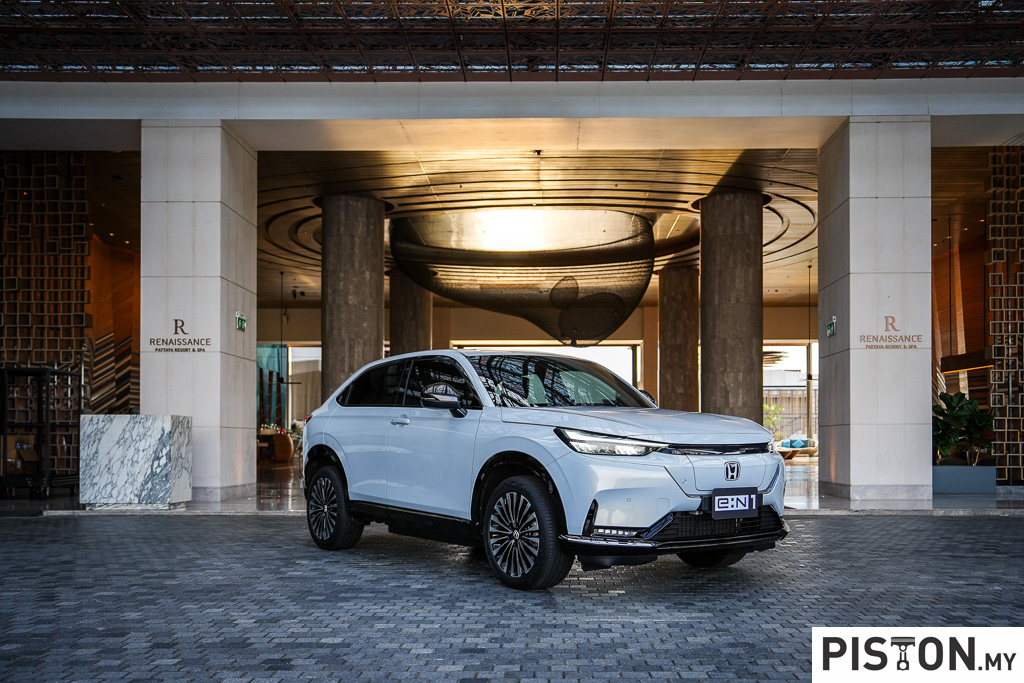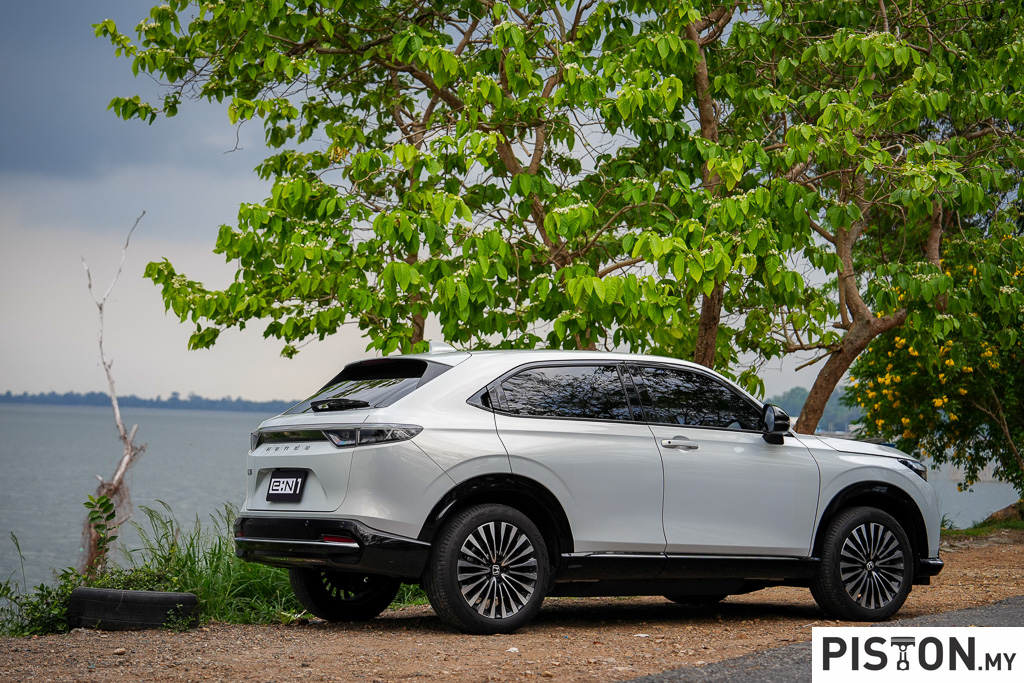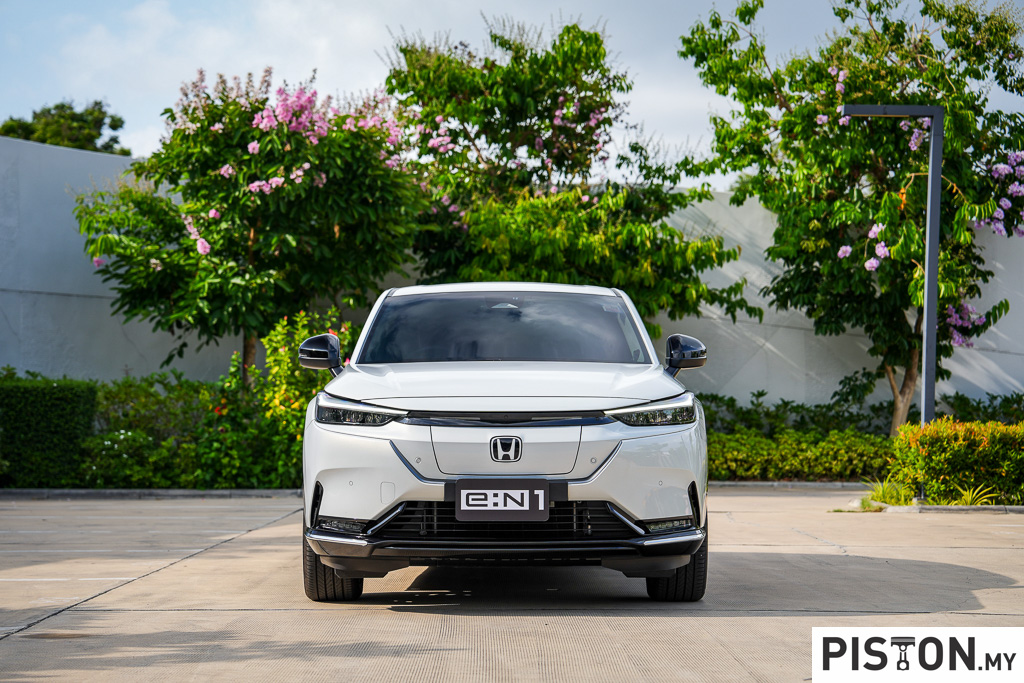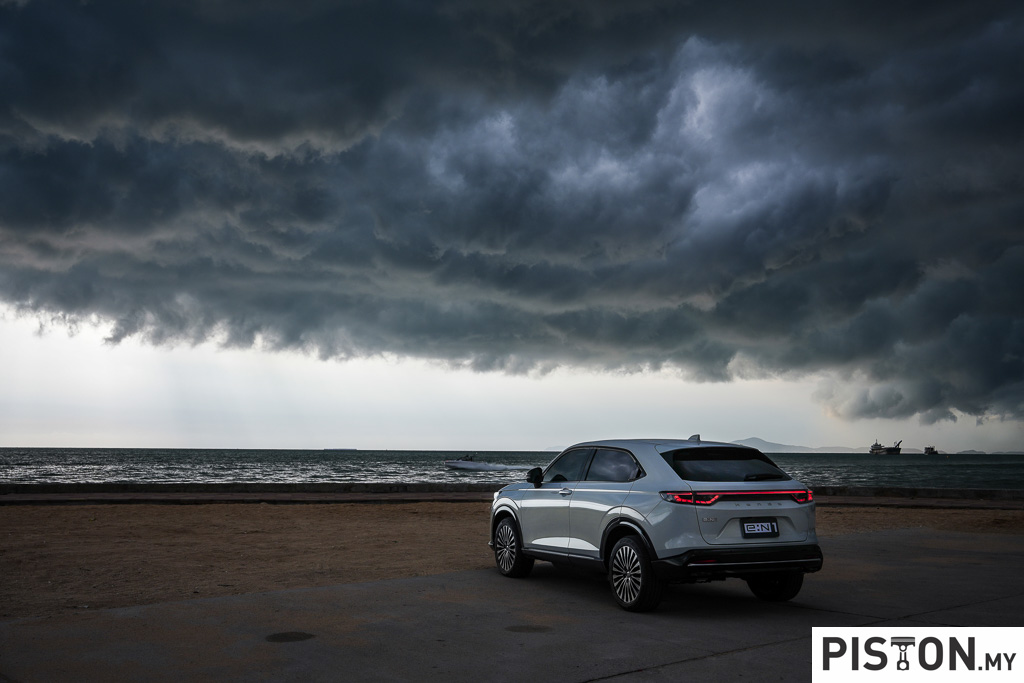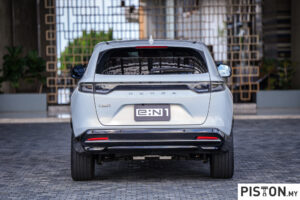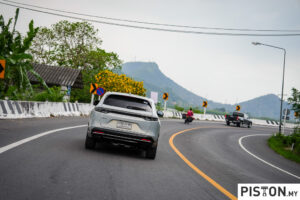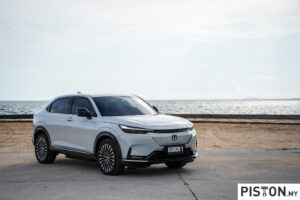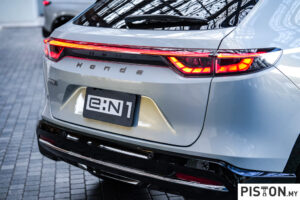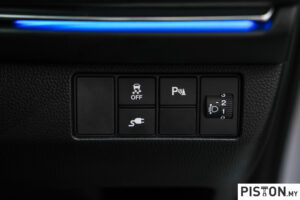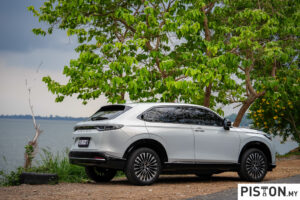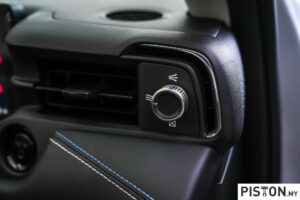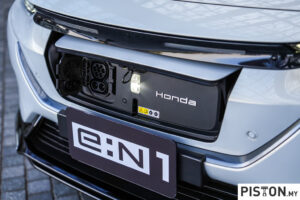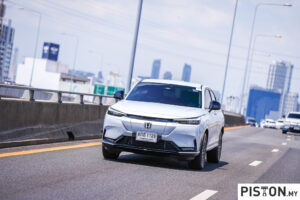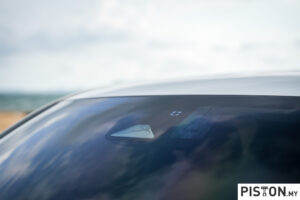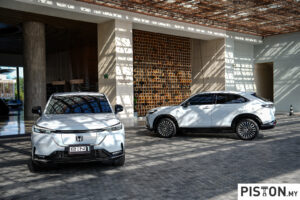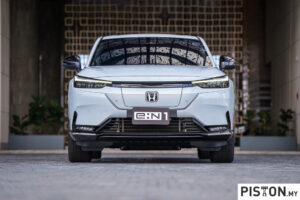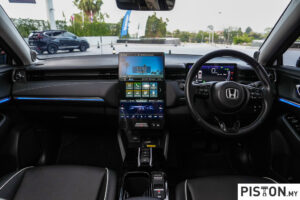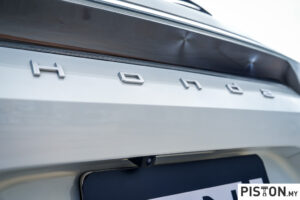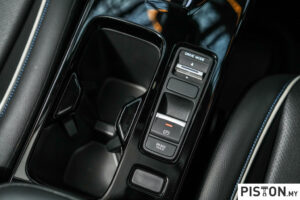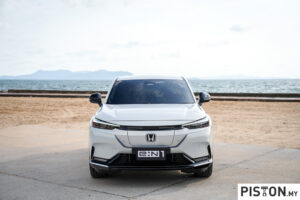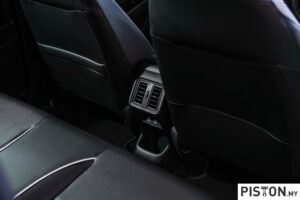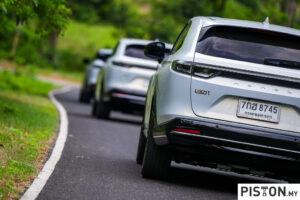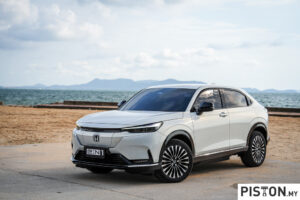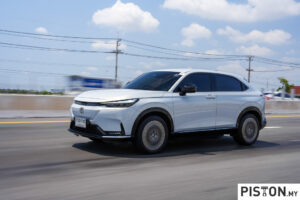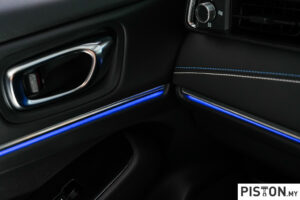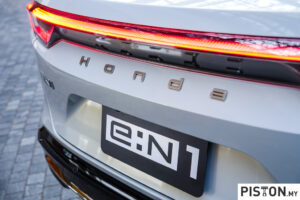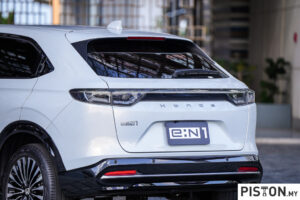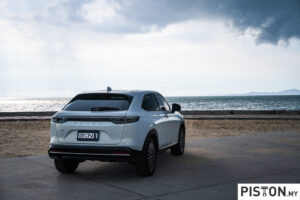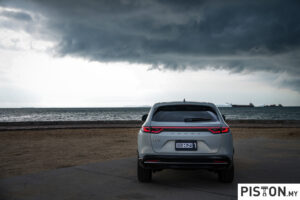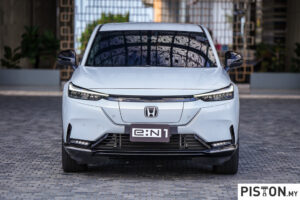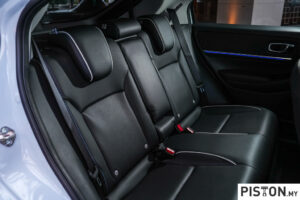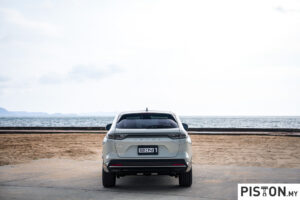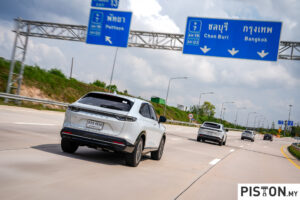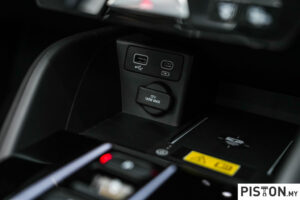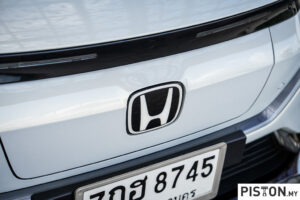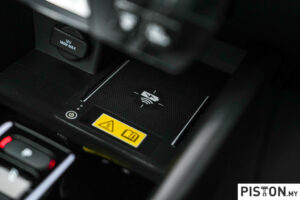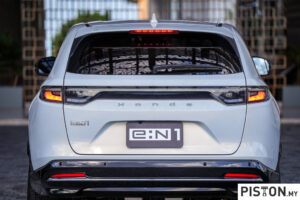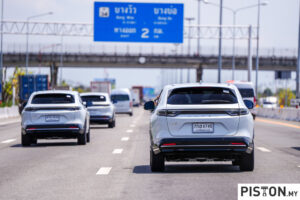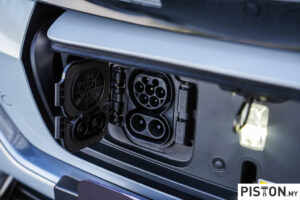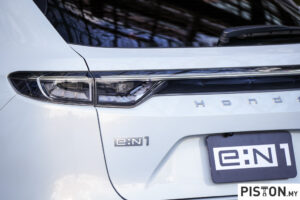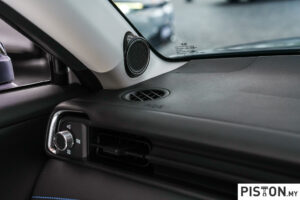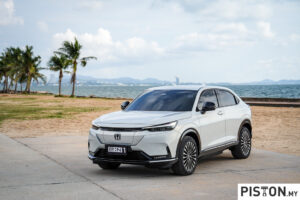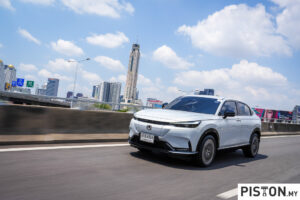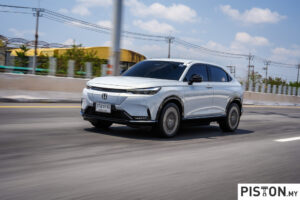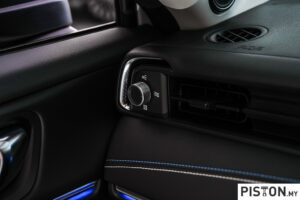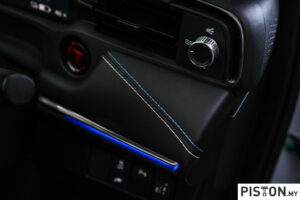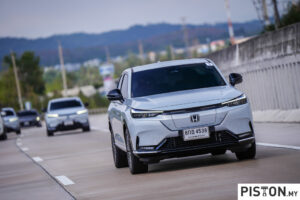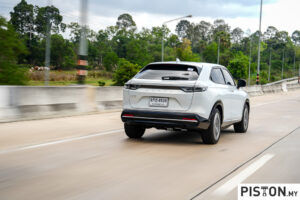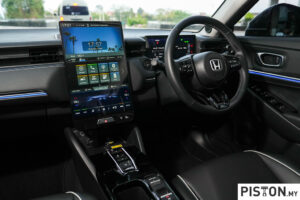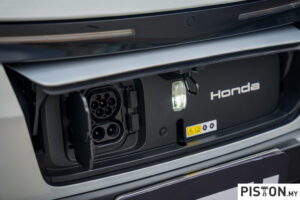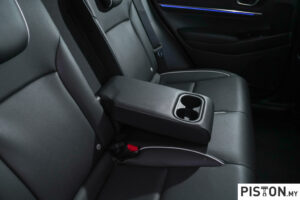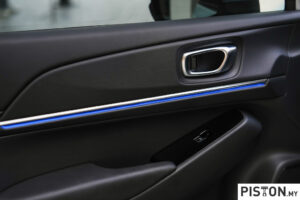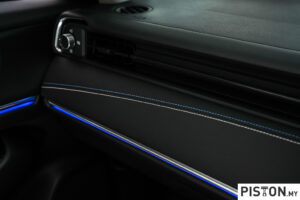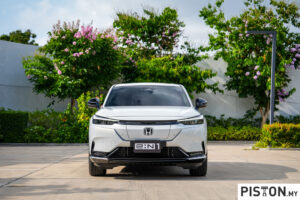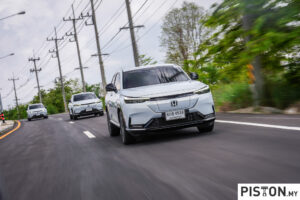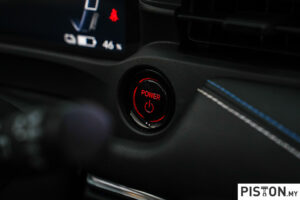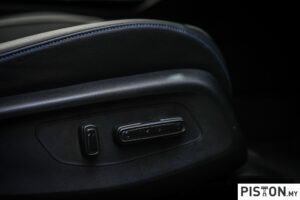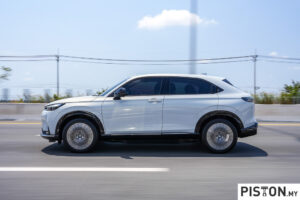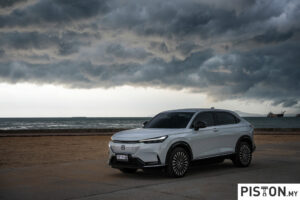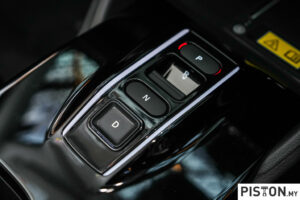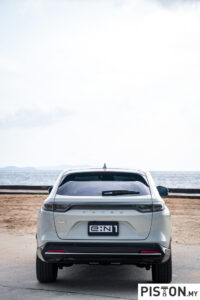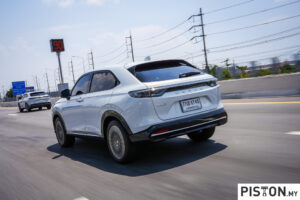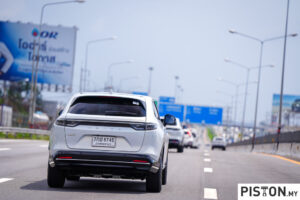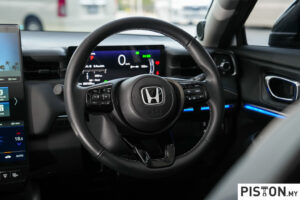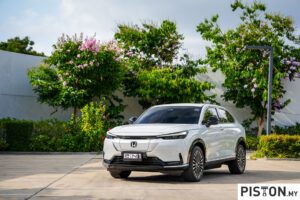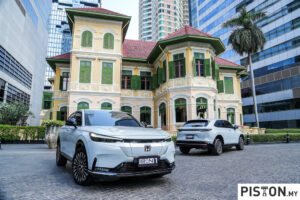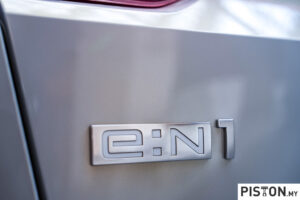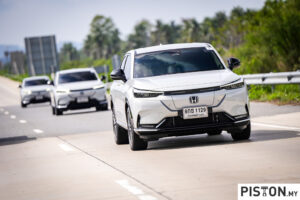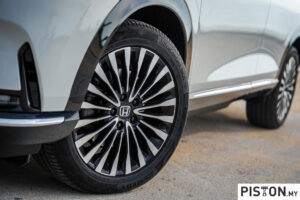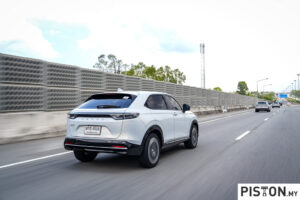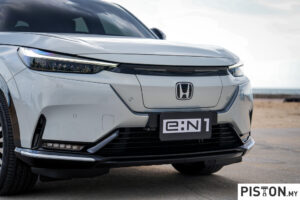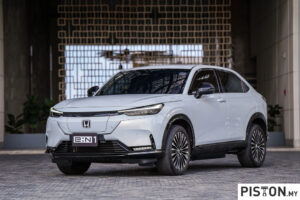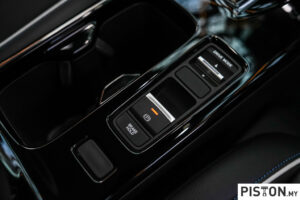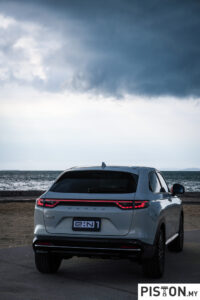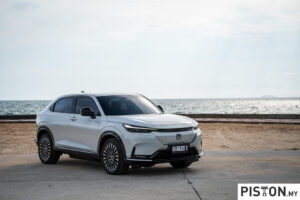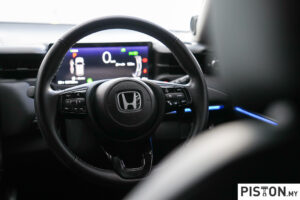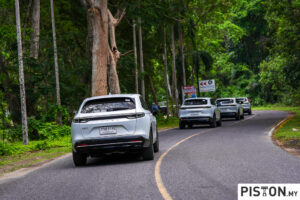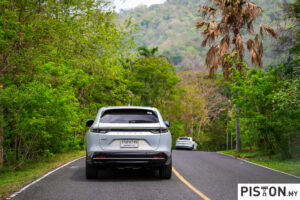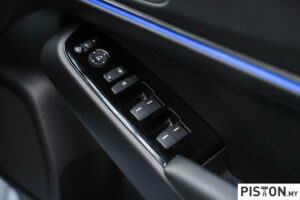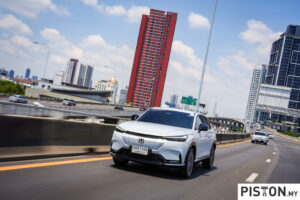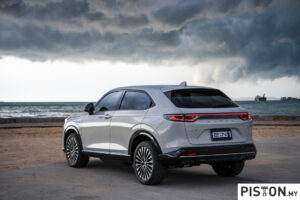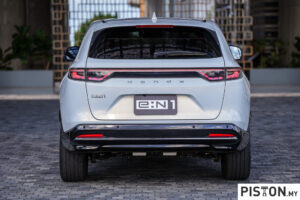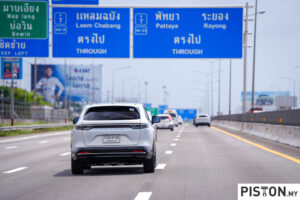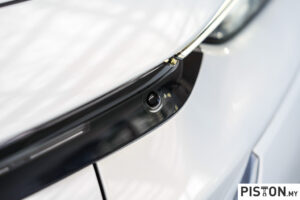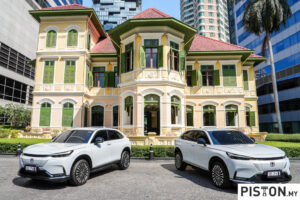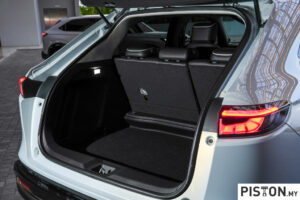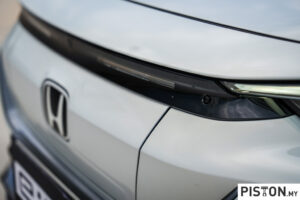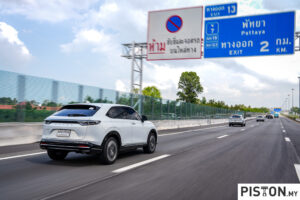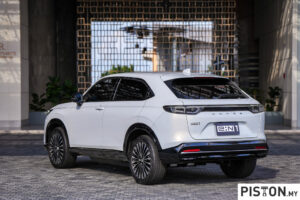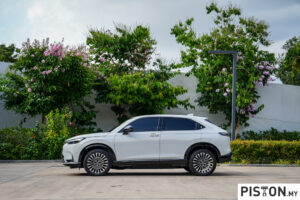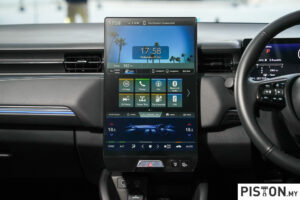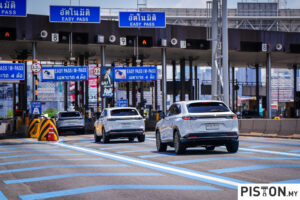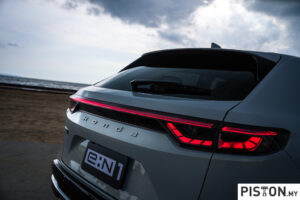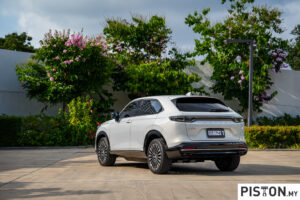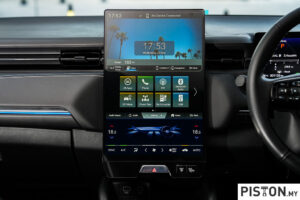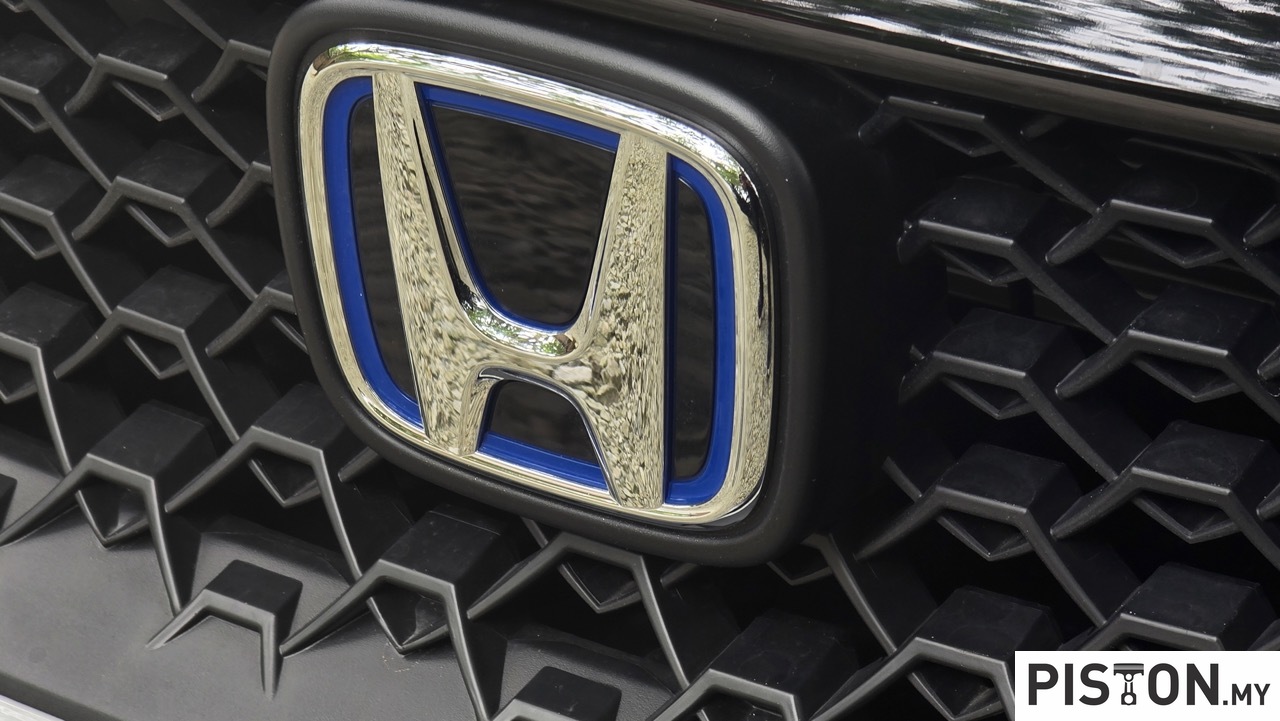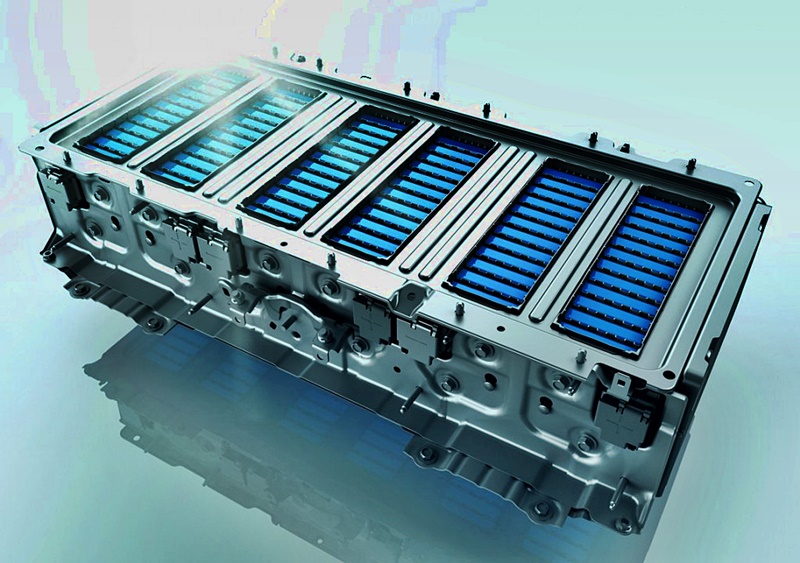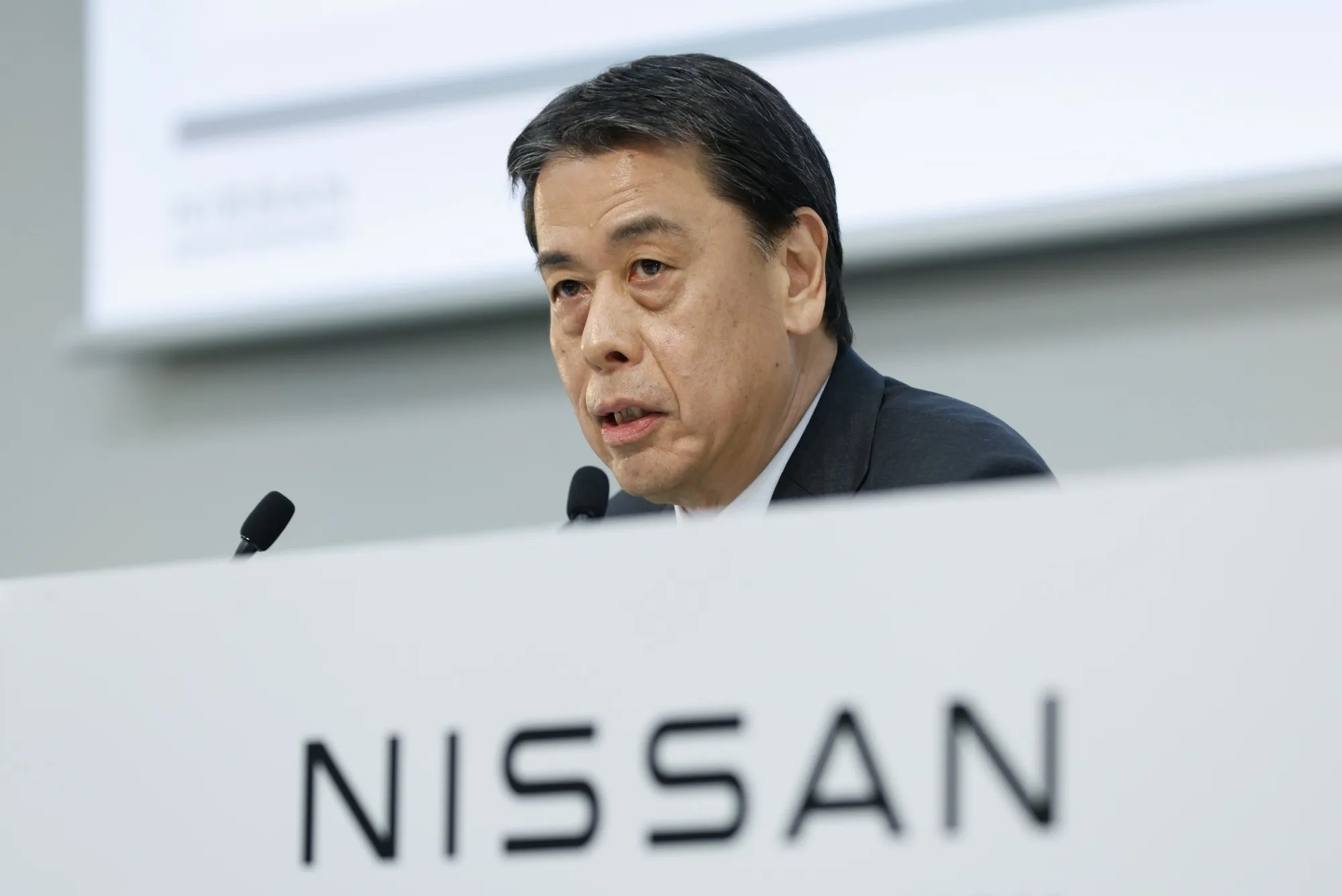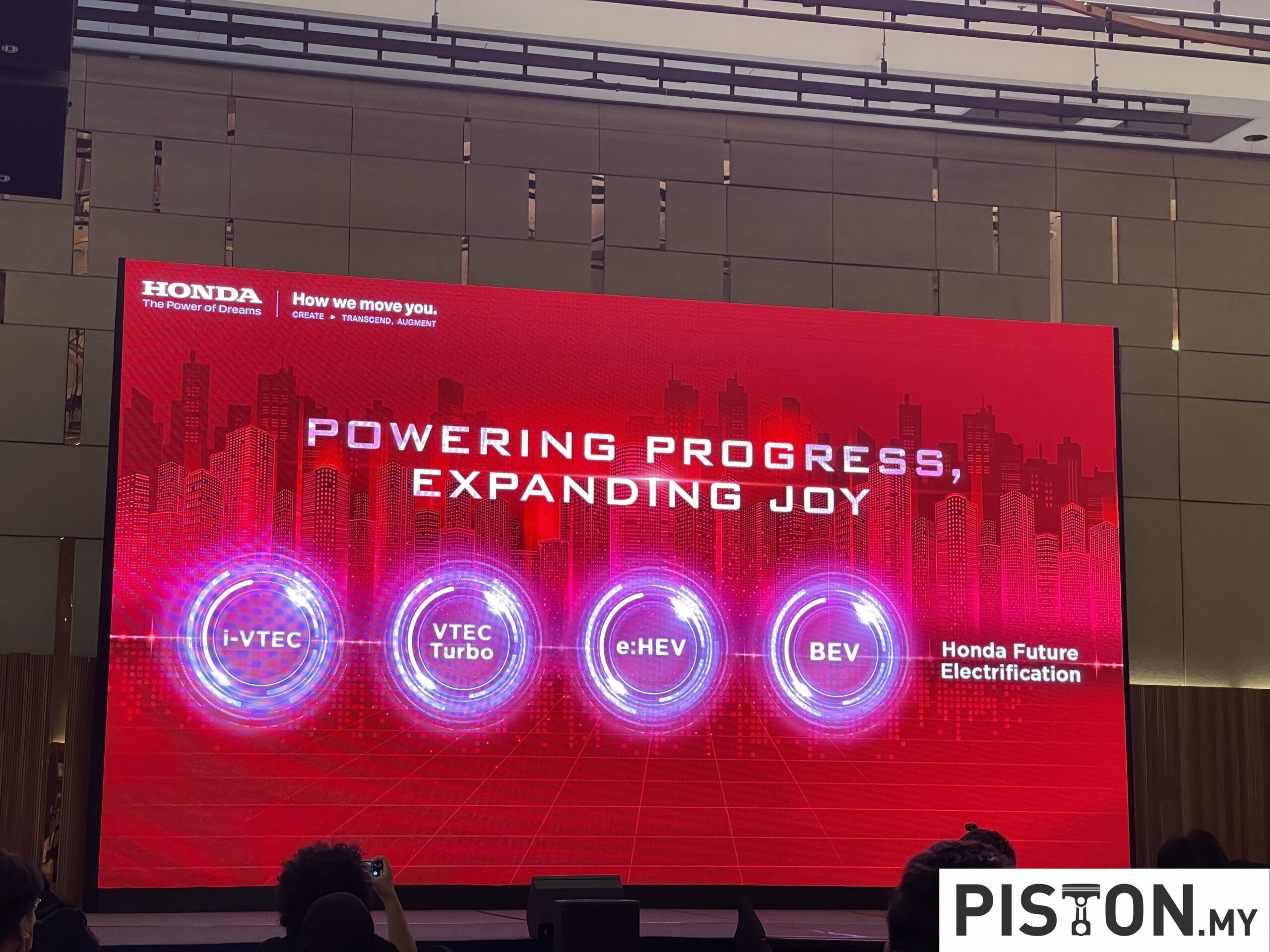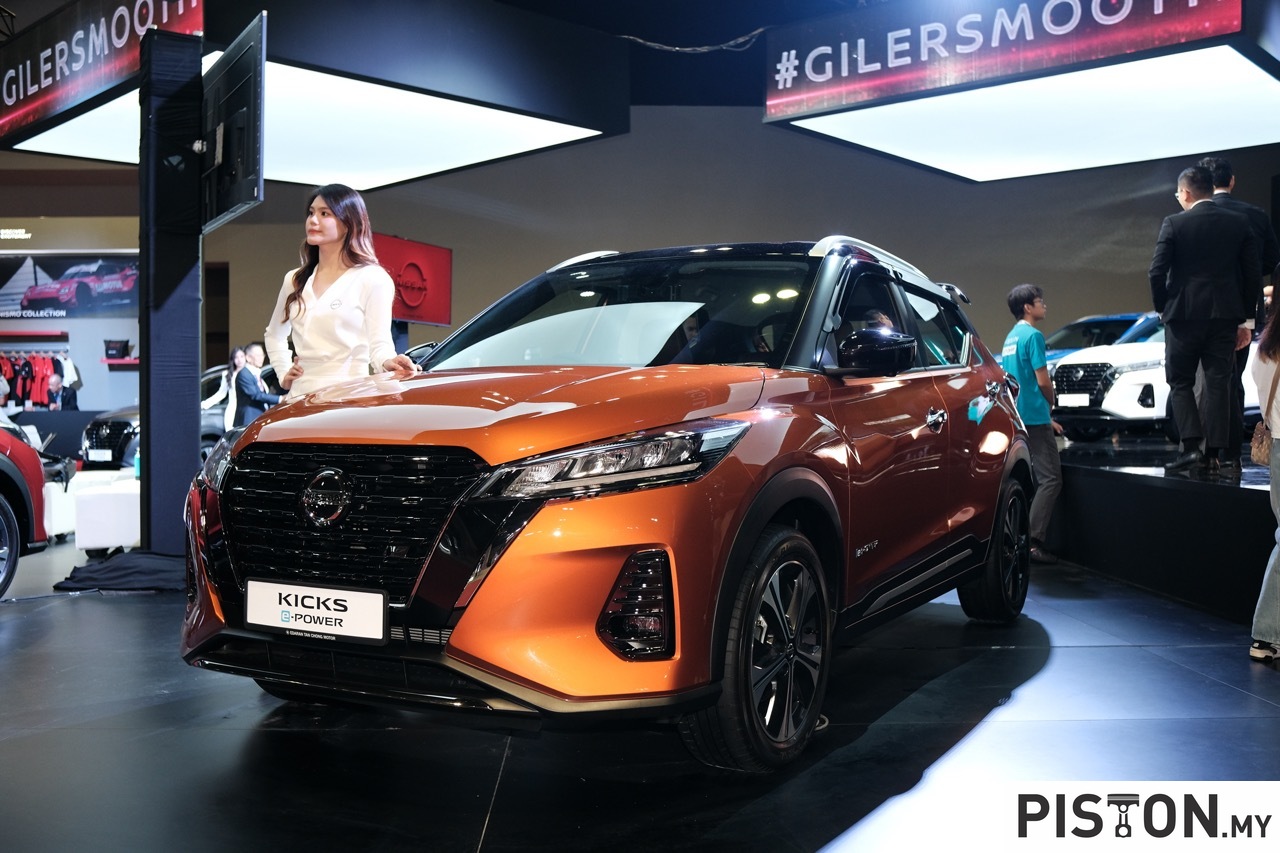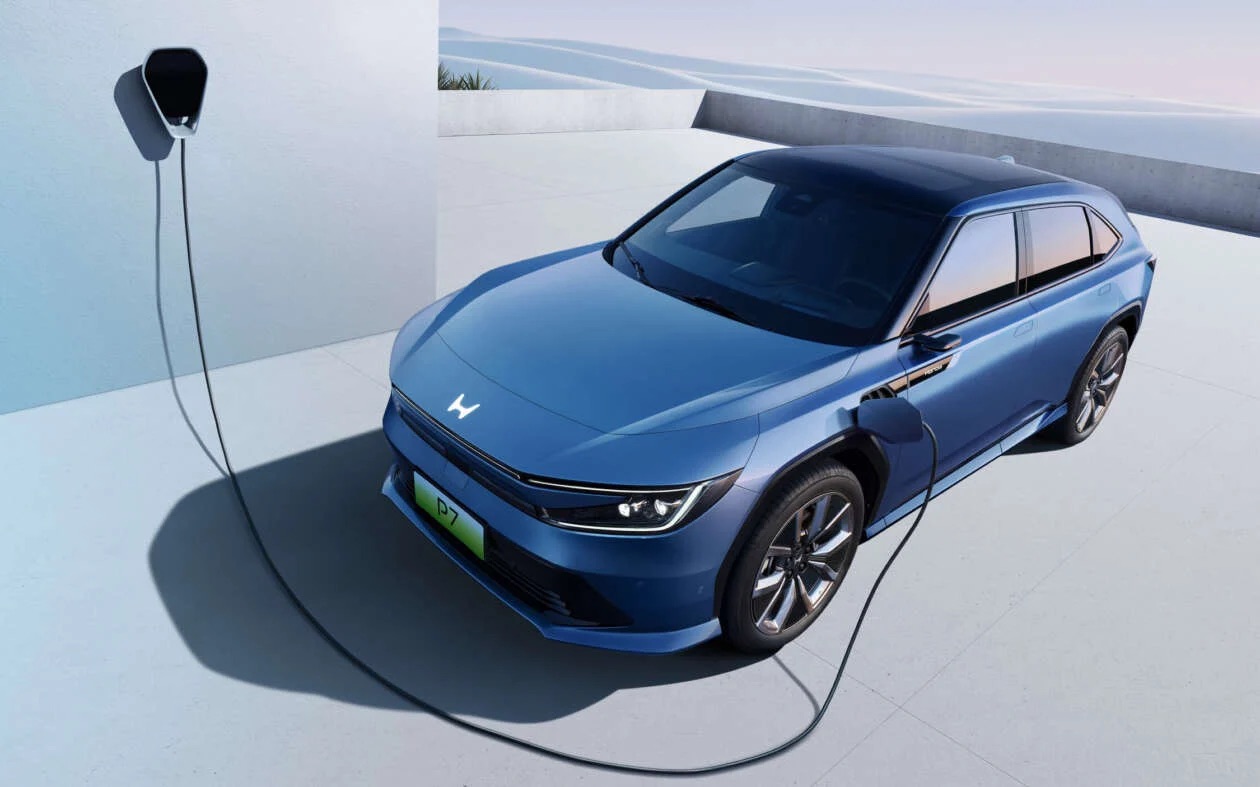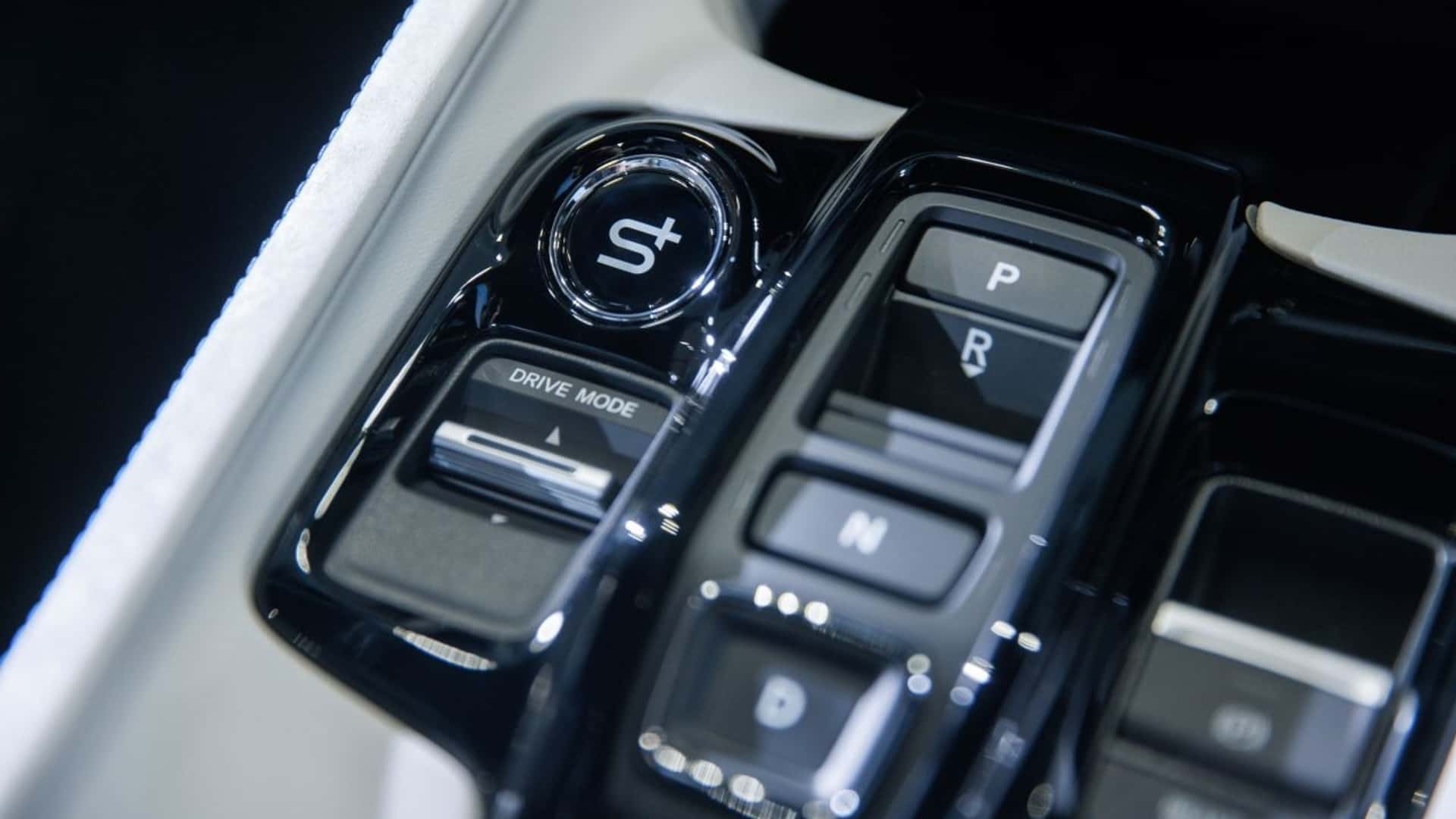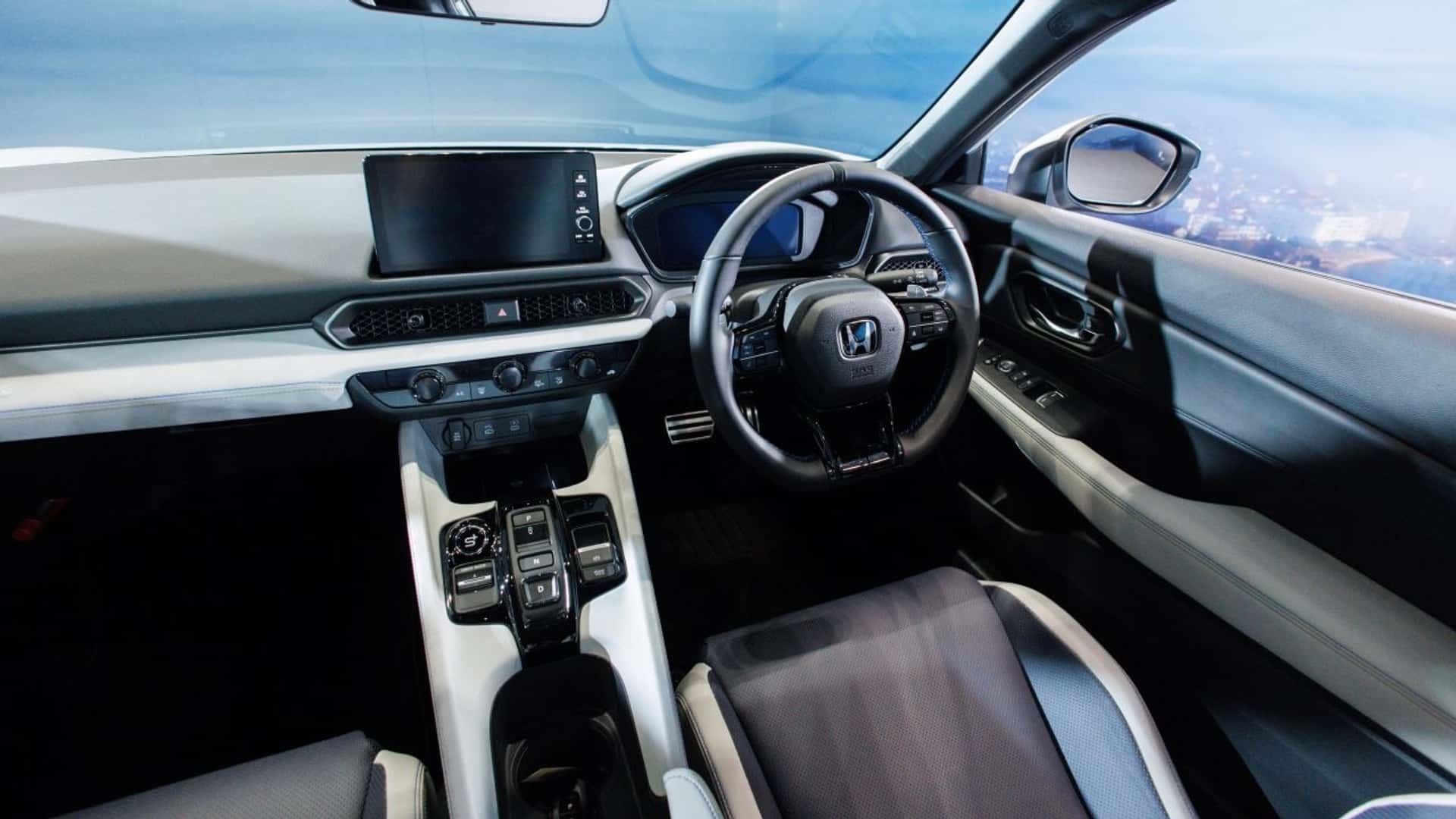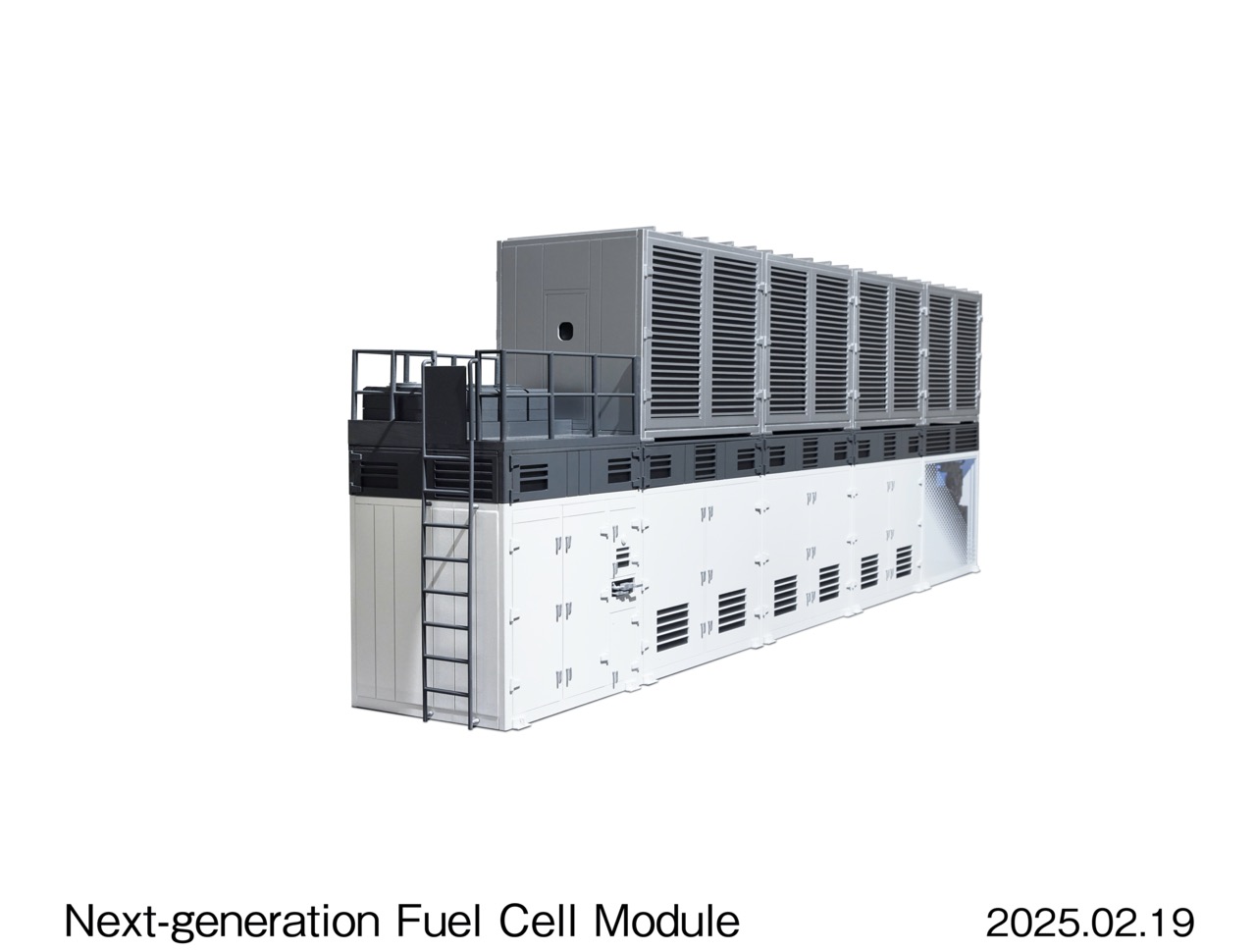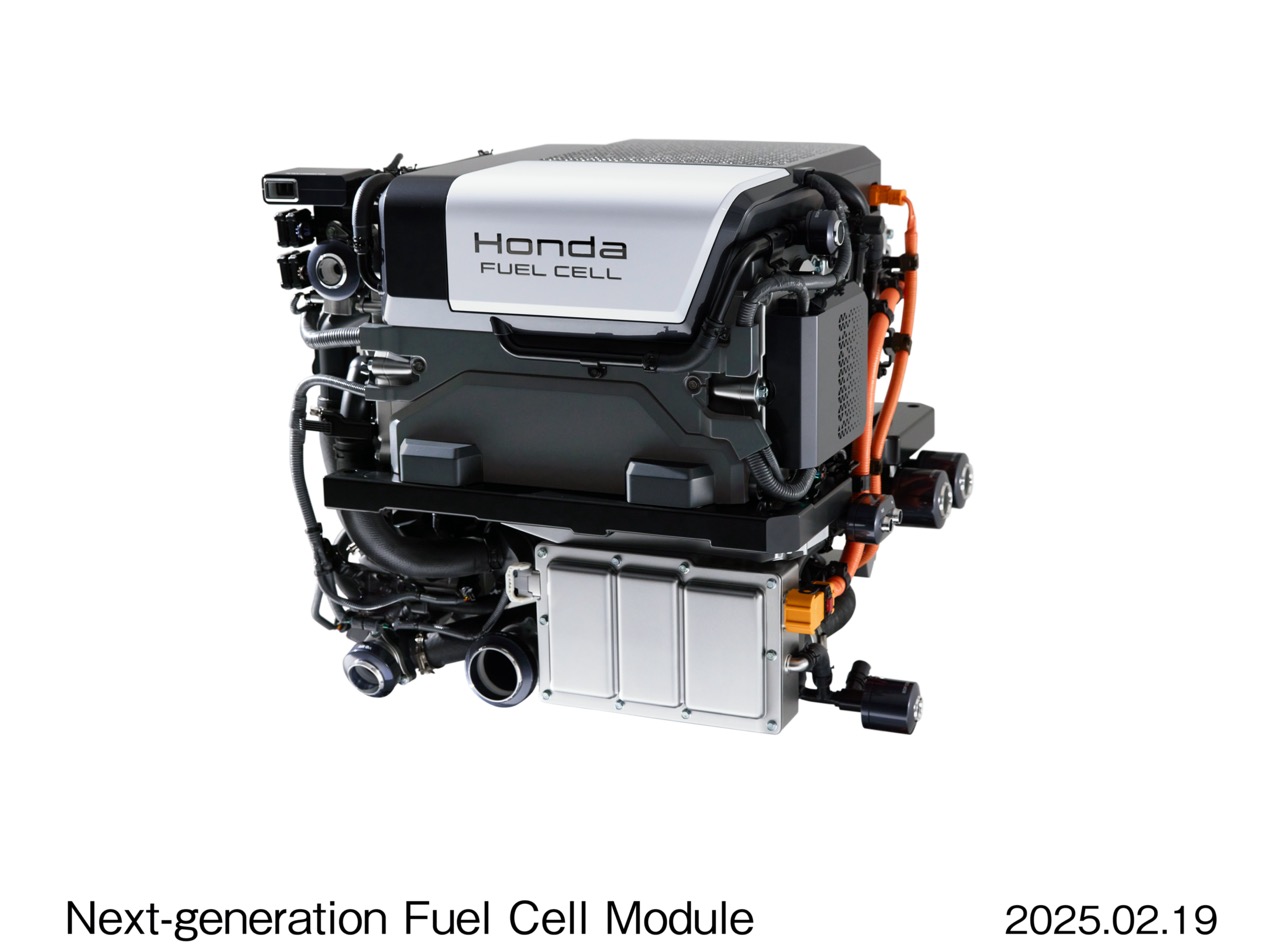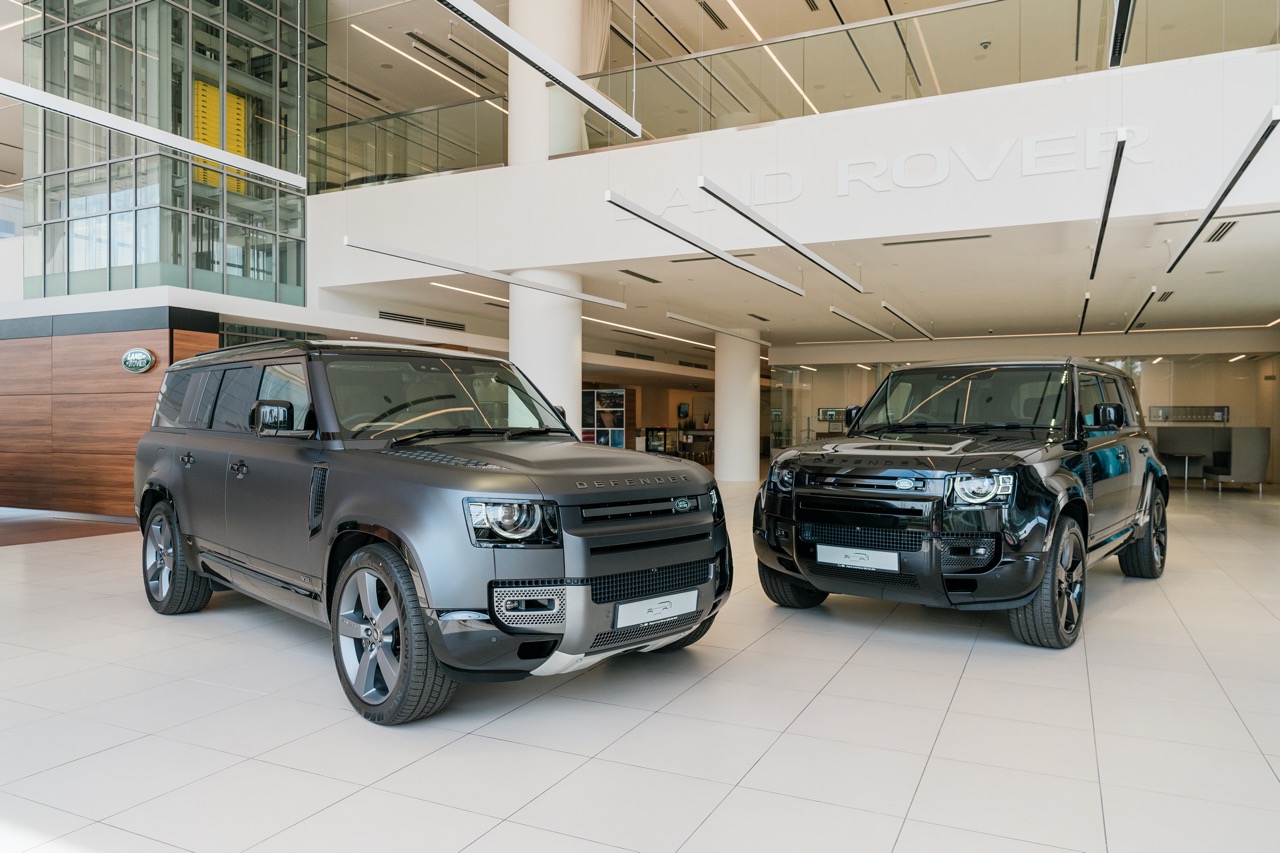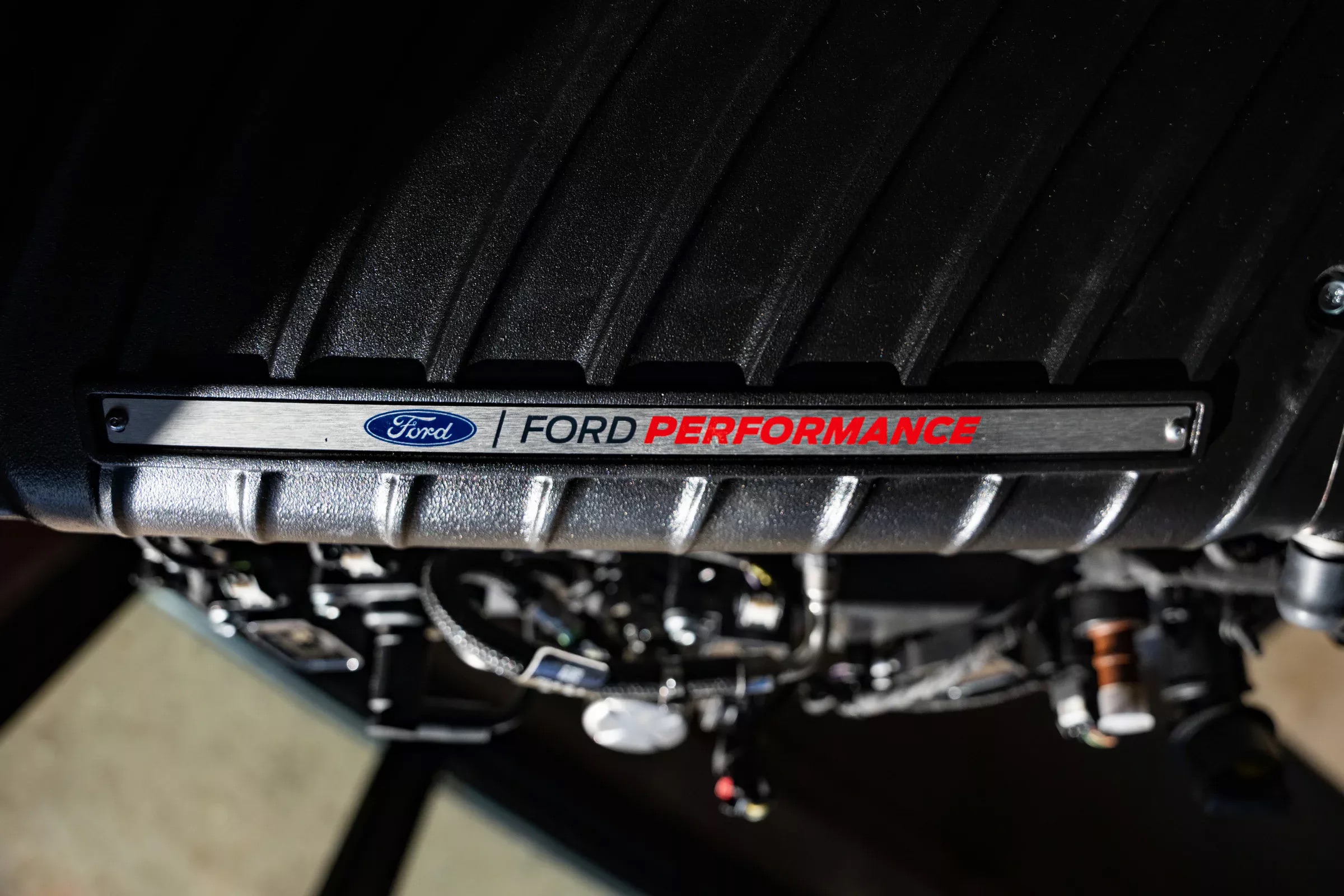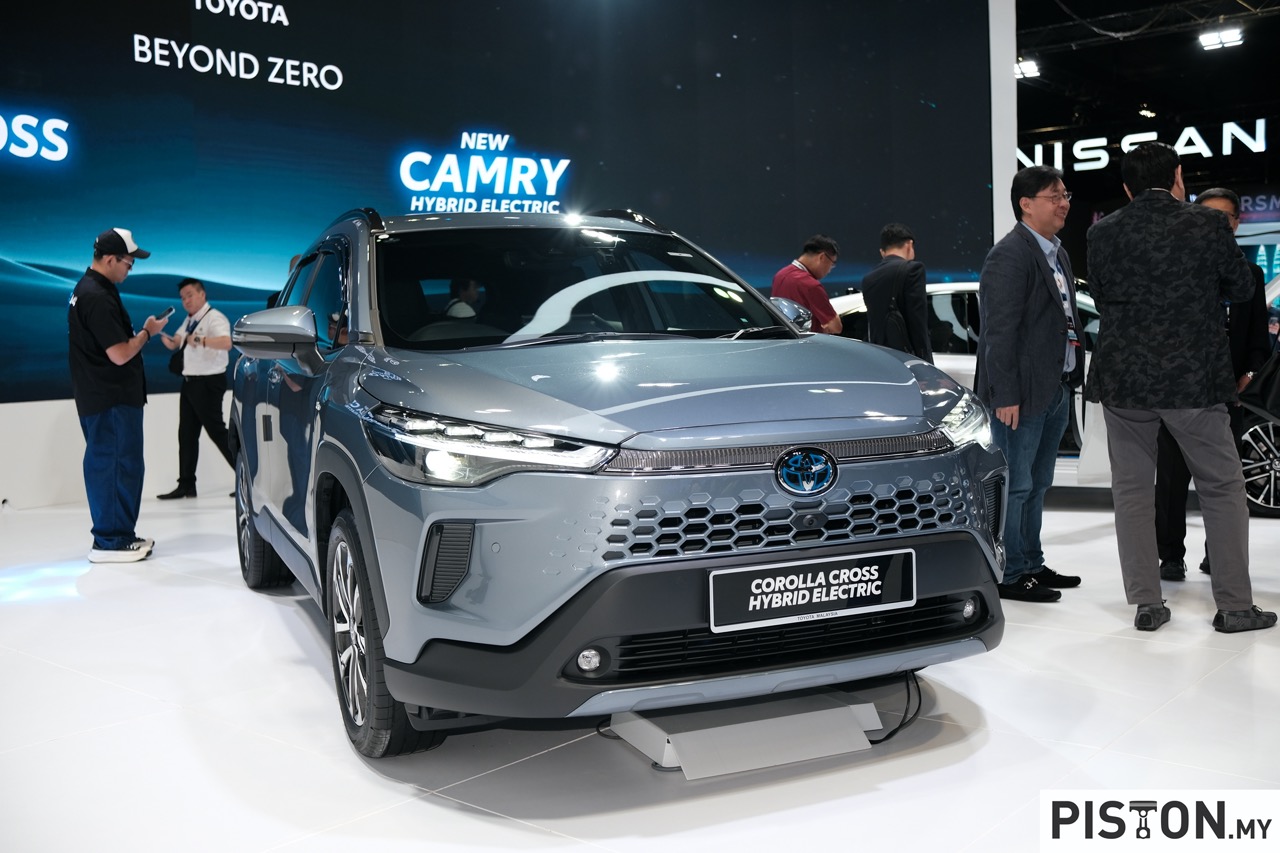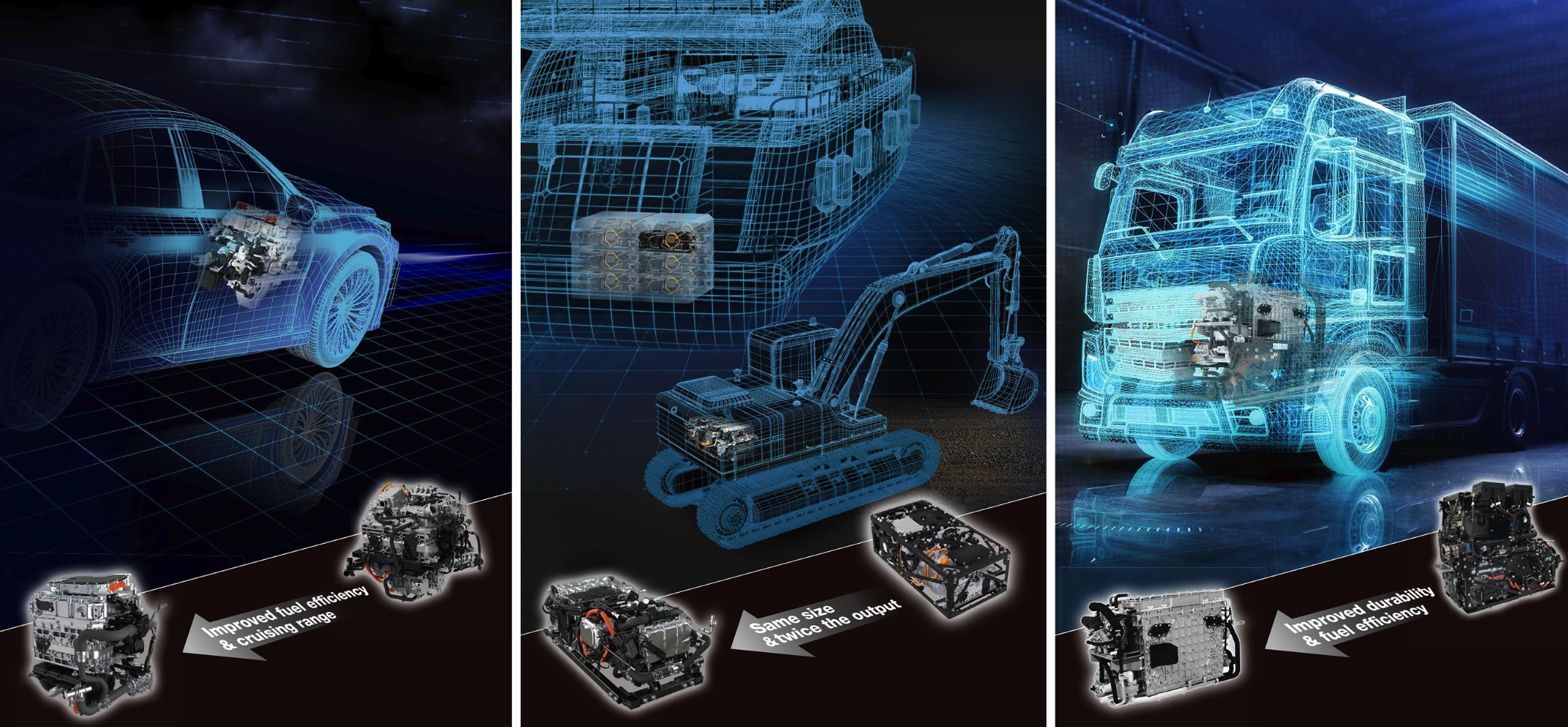If there is any country that has been utterly dominating the electric vehicle, it would be China. And there is no denying that.
Whether you gauge it from sales figures, or production figures, or the number of new brands coming out of China, there is simply no denying that China is at the forefront of the EV segment.
But having said that, the Europeans have a glimmer of a presence in the segment as well, with Mercedes and its EQ series, and BMW’s i models which have had better success than its Stuttgart based competitor by simply creating better electric cars.
Porsche has enjoyed a good run with its Taycan though that is losing steam. Audi and the Volkswagen have had a decent run as well but like Porsche, seem to be losing their edge as well.
The Japanese on the other hand have stayed largely silent. Call it elegant silence but Japanese companies like Honda and Toyota have preferred to use a wait and see method and opting for a safer “multi-pathway” approach by offering everything from internal combustion engines to hybrids as well as EV’s rather than throwing everything behind a single technology. That seems to have worked well for them.
On the local front though, the Japanese have stayed largely silent, with most Japanese EV’ s being offered by local grey importers rather than through official channels.
Until now.
Honda Malaysia has confirmed that it will be launching its first salvo at the EV segment with its e:N1 model.
Based on the HRV, the e:N1 has not exactly been well received where ever it has been offered, which has been mystifying because we just drove it recently and found that it is quite impressive in every way.
What does it have to offer you?
Simply put, everything you need. The HRV is already a great platform to begin with, it is neither very big nor small, which means that it is brilliant for your everyday needs especially in urban areas.
Interior spaciousness is great as well, and because it is an EV, Honda could flatten the floors which means more legroom for taller passengers.
You also get a lot of tech.
The infotainment system is a giant 15.1-inch vertically stacked screen that is digitally split into three, something like that of the new Ford Ranger Wildtrak.
This makes perfect sense because even though there are no buttons for the essentials, everything is just a touch away. For example, there are no physical controls for the air-conditioning, but because the controls are clearly laid out at the bottom of the screen, adjusting the temperature or blower speed is just a touch away.
Chinese companies and their notoriously complicated infotainment systems can learn a lot from Honda.
The e:N1 is also the first Honda in our part of the world to come with Blind Spot Monitoring system, which is fantastic news because this just perfects the Honda package.
Honda has long insisted to stick with its Lane Watch Assist system, but it did not age very well, and the tech only worked for the left side of the car.
Now with Blind Spot Monitoring, it just means that Honda has finally caught up and is offering technology that makes day to day driving a lot more pleasant.
Besides that, it also comes loaded with electronic safety nets such as road departure mitigation with lane departure warning, lane keeping assist system, rear cross traffic monitoring, agile handling assist, as well as adaptive cruise control with low speed follow.
The thing that excites us the most?
That would be the massive 15.1-inch vertically mounted infotainment screen. You might be wondering why because that is quite common particularly in the EV segment, but it is not the physical device that excites us, it is the software.
The one thing that most car makers including those that claimed to be technologically advanced like Tesla, can never get right is software interaction. The way you use and connect with the software will ultimately dictate your overall experience with the car.
The infotainment system in an EV is one of the most important aspects of the cabin but it is through that that you access your entertainment and navigation, control parts of the car such as switching on and off safety systems and even adjust the air-conditioning.
Like it or not, modern cars have all but ditched physical buttons so intuitive software has never been more important. In a recent interview, Apple co-founder Steve Wozniak criticised Tesla for its “miserable user interface” calling it the “worst in the world”.
In my opinion though, Honda on the other hand has absolutely nailed it as far as intuitive software is concerned. The massive screen is separated into three distinct layers with the top part dedicated to navigation, Carplay and Android Auto.
The second layer is for entertainment, the trip computer and vehicle controls such as managing the safety systems and such. This is also where you can turn on and off certain things like Lane Keeping Assist.
The third layer is just for air-conditioning and that is permanently displayed there, just as it should. This is important because in some cars, you have to swipe through two to three layers of software just to adjust the temperature or turn down the blower. But not in the Honda, and this is what makes it such an easy car to get into and just go about your business.
And this means that the learning curve for the e:N1 is not that steep, particularly for older folks who want to trade to an EV but are worried about complicated software.
You interact with the Honda e:N1 just as you would a regular petrol powered Honda HRV, and that makes a world of difference.
The instrument cluster is also digital, and it also feeds you a lot of unnecessary information just like the ones found in Chinese EV’s. But unlike those, you can simplify the readouts so you can focus on what matters most. That I truly appreciate because I don’t like being overwhelmed with information that I don’t particularly care about, like being shown the time in three different angles at once.
What powers the e:N1?
A single front-mounted electric motor, effectively making the e:N1 a front-wheel-drive car.
The motor gets its power from a 68.8kWh lithium-ion battery, allowing for a total system output of 204PS and 310Nm of torque.
Acceleration to 100km/h is seen off in 7.7 seconds while top speed is rated at 160km/h.
In a world of face morphing acceleration times, the performance may not sound all that impressive, but it’s a different story in real life.
The accelerator of the e:N1 is rather sensitive, and that makes the car feel like it is always eager to get going. In fact, it is quite easy for the front wheels to break traction if you’re not gentle with the pedal.
It’s a good thing then that the e:N1 comes with three driving modes – Econ, Normal and Sport.
During our drive, we left the car in Econ mode most of the time, which makes the accelerator feel like a regular petrol powered HRV, and that is when the e:N1 is at its best.
How does it drive?
The best thing about the e:N1 is in the way it drives. Honda has been making great cars for decades and all that accumulated know how has certainly trickled down into the e:N1.
A regular person may not feel the difference, but because we drive so many different EV’s, particularly those from China these days, the suspension tuning of the e:N1 truly stands out.
Except for a handful of carmakers from China, a lot of the EV cars from China lack proper suspension tuning. Most of the time the suspension is too soft, resulting in a bobble head effect for passengers.
Apparently Chinese car buyers prefer soft suspension, but not for this writer.
The best suspension is one that keeps the car planted while telling the driver exactly what is going on at the point where the tyre meets the road. And at the same time, it is also absorbing all of the little ruts, dips and bumps, ensuring the passengers feel close to nothing.
This is exactly what you get with the Honda e:N1, a well-tuned suspension.
Other than that, the learning curve of the e:N1 is nearly identical to the one you go through with any new petrol powered car.
This is the not the same with all EV’s though.
EV’s from Tesla, Smart, XPeng, BYD, Leapmotor and some other brands have an incredibly steep learning curve. That is because they are nearly 100% devoid of physical buttons with most of the key controls located in the infotainment system.
You have to dive deep into the menu to do simple things like adjust the position of the air-conditioning vents or even turn up the temperature. For those that are not technologically inclined, this might be difficult.
You don’t get any of that with the e:N1 though, as mentioned earlier in the article, a lot of car makers can take a page out of Honda’s book on how to make intuitive software.
That just means that the learning curve for the e:N1 is incredibly linear. It is truly an easy car to learn and get used to, particularly for the elderly who want to transition to an EV but are afraid of complications associated with software or even charging the car.
How fast does it charge and how far will it go?
The e:N1 takes 78kW of DC charging and 11kW of AC charging. The charging ports, both Type 2 and CCS2, are located at the front of the car.
Charging will either take 45 minutes with the DC charger or six hours with the AC. Either way, this will work best if you have a home charger or a charge port at your workplace or a nearby shopping mall.
As for range, Honda claims a WLTP range of 412km. But during our drive from the traffic laden streets of Bangkok onto the busy highways to Pattaya and around the coastal town, we saw a real world range of 380km with 98% state of charge.
Of course, the overall distance will vary depending on your driving style, but 380km is good enough to go about your business around town and charge the car once or twice a week.
Final thoughts?
As a car, the Honda e:N1 offers everything you will ever need in an EV. In fact, it is quite composed and is akin to one of those ultra smart school kids that can’t seem to get a bad grade and has a bright future cast in stone.
But!
The biggest thorn on Honda’s side is not the car. It is the price tag. We don’t know yet how much the car will cost, but the price tag in Thailand is a good indication, though we hope it is not.
In Thailand, the e:N1 is priced at 1.5 million Baht, which roughly converts to about RM196,000. And that is too steep of an asking price considering the competition.
We hope that it is priced a lot more competitively because it is a great car and people deserve to drive great cars.
But, even if Honda Malaysia does price it competitively, the competition is not going to let Honda’s management team have a good night’s sleep.
Some Chinese brands have a knack of throwing grand discounts at a moment’s notice. Just a few days ago a well-known Chinese EV brand dropped the price of one of its popular EV’s down by an unbelievable RM26,000.
The reason they did that? Supposedly to match the price of the Proton eMas 7.
And that is what Honda Malaysia is up against. But even if Honda offers a great car at a great price, it is unlikely that they will take part in the price war. They simply do not have a knack for that, as history has shown.
Then it comes down to preference, will you want a car from a brand that has just found its footing in Malaysia? Or will you want a car from a brand that has a long history in Malaysia, with established service centres and a strong network of spare parts?
More importantly, will you buy a car from a brand that will drop the price of its cars at a moment’s notice, inadvertently affecting the second-hand value of your car? Or will you buy a car from a brand that holds steadfast to its values?
The choice is clear. For now, though, we just hope that it is priced competitively.
Specifications
Motor: Single, front-mounted
Power: 204PS
Torque: 310Nm
0-100kmh: 7.7 seconds
Top speed: 160kmh
Charging: 45 minutes with 78kW DC / 6 hours with 11kW AC
We like: Infotainment software, easy to drive
We don’t like: Brutal competition may outclass it





